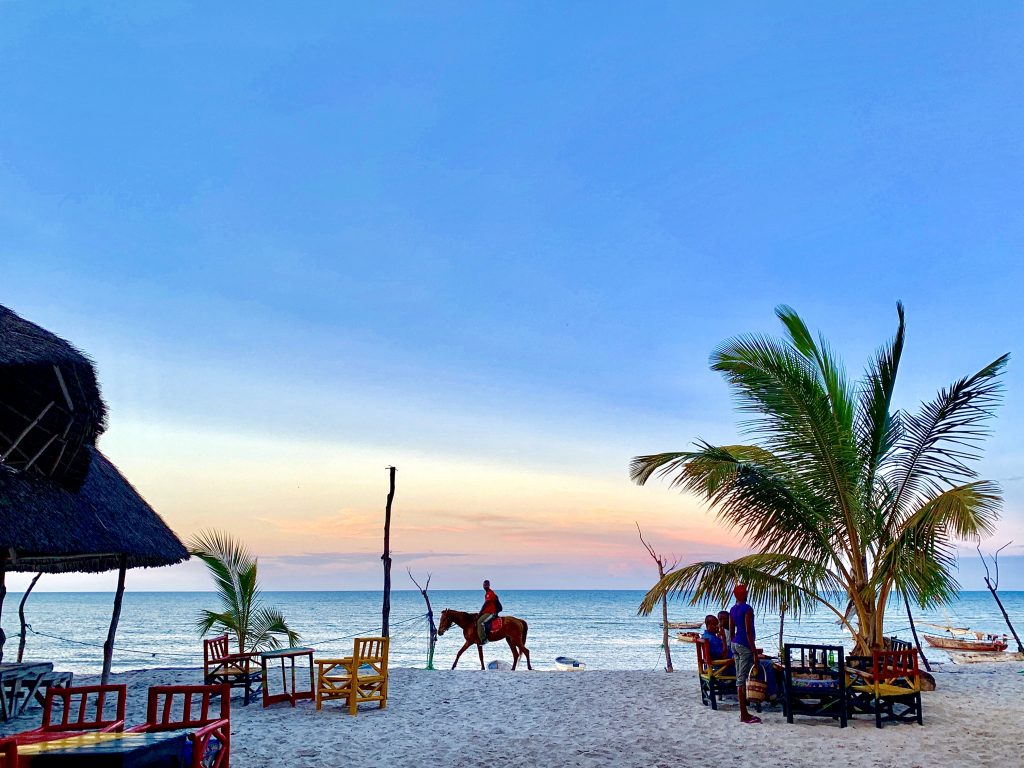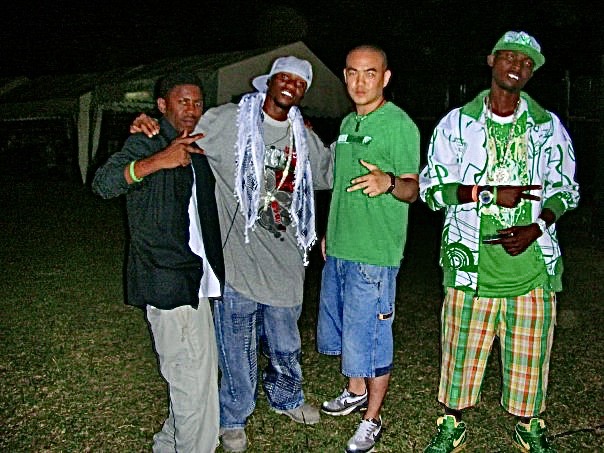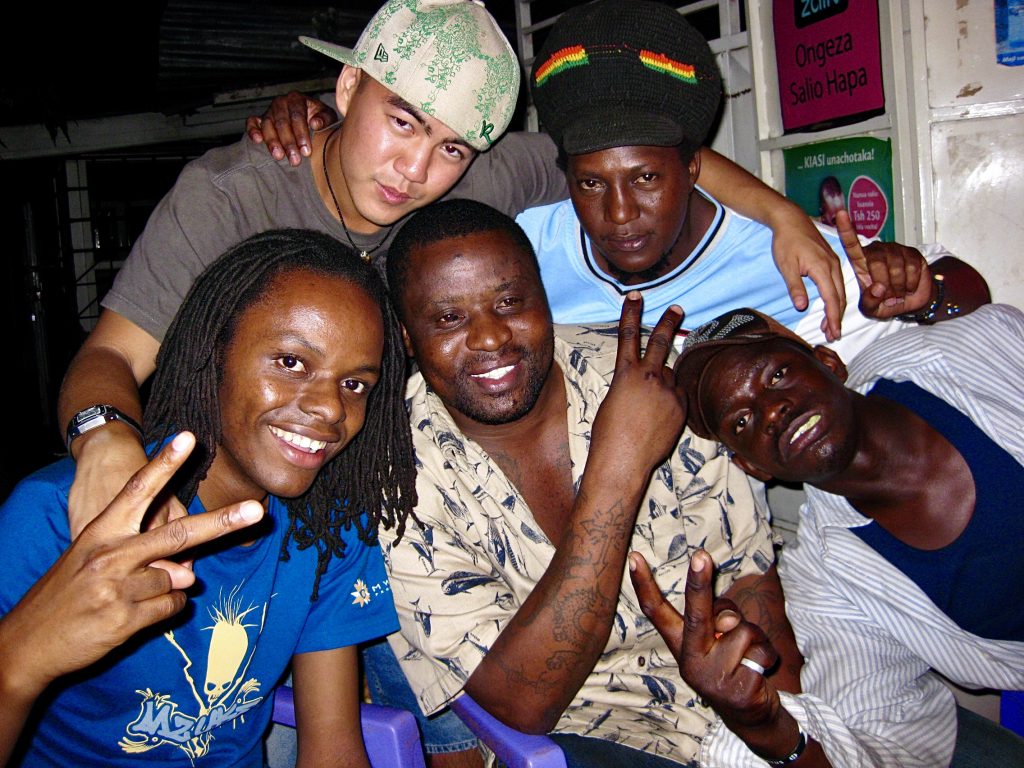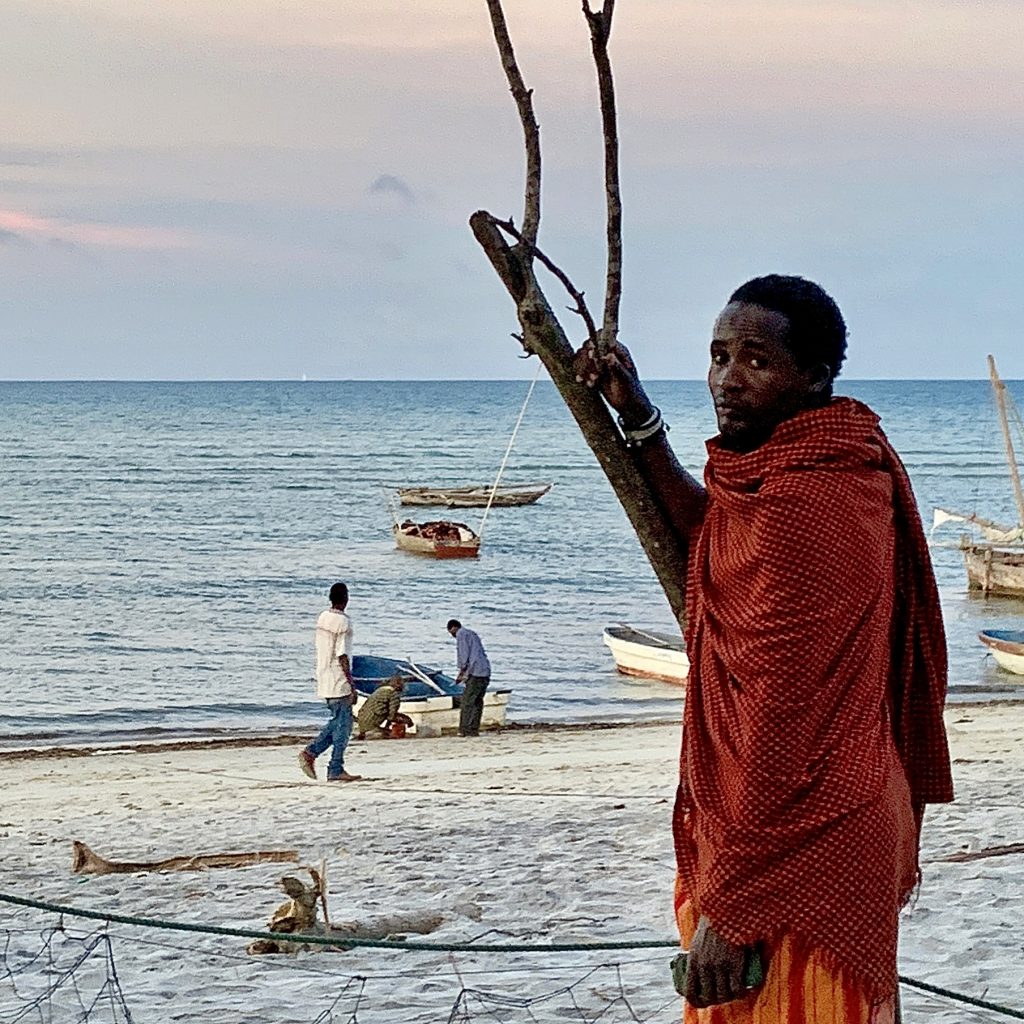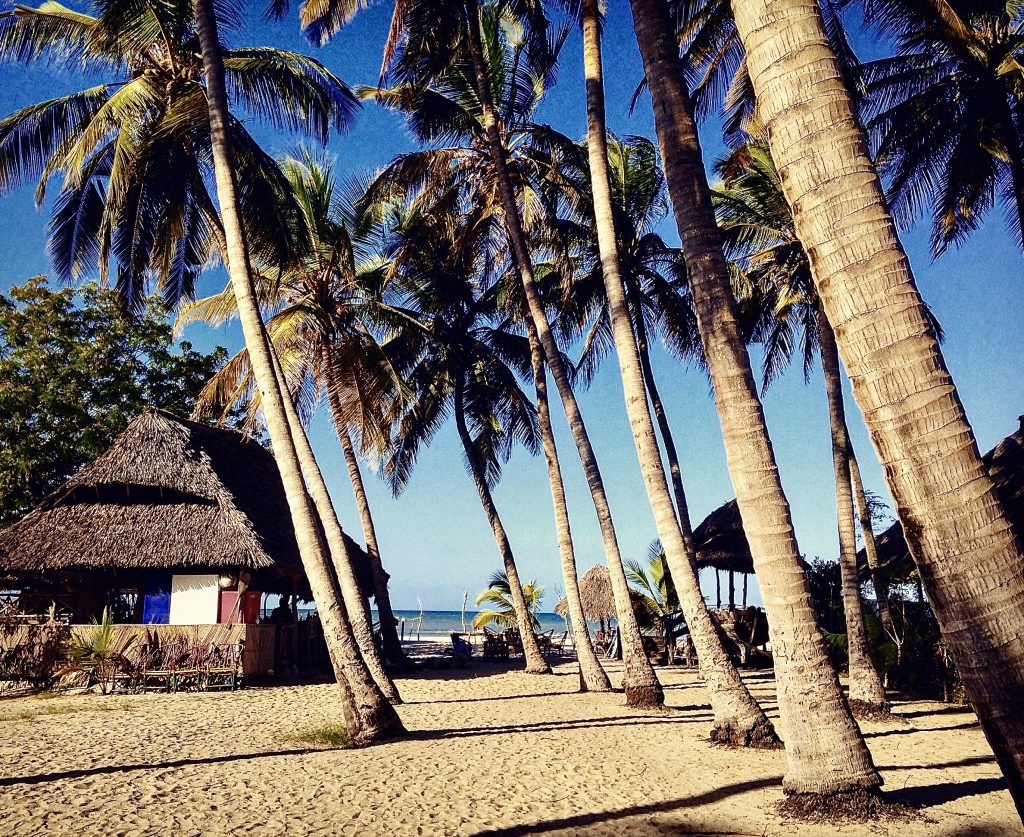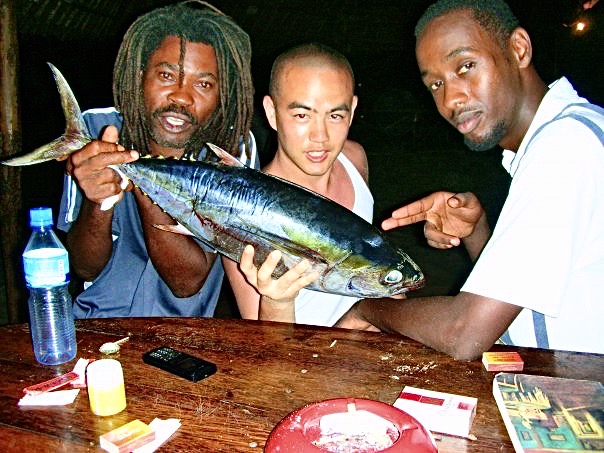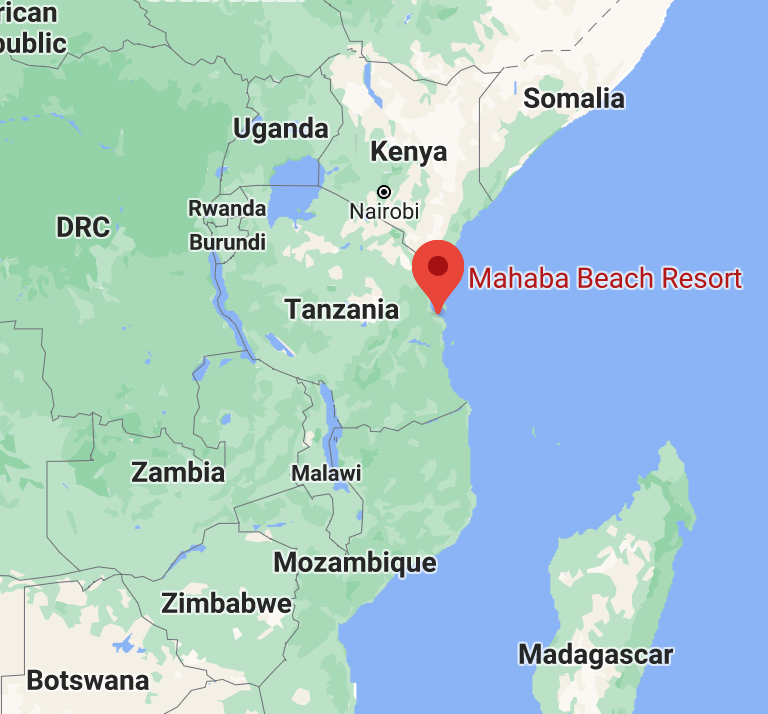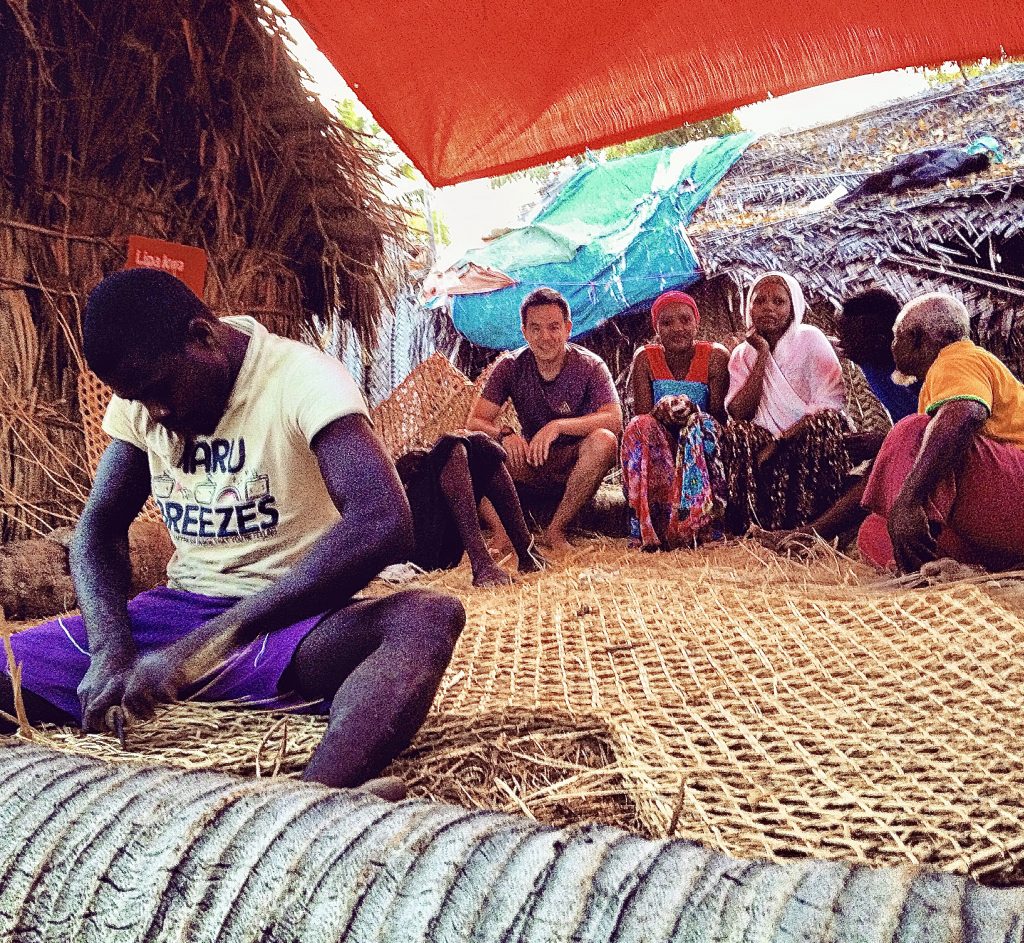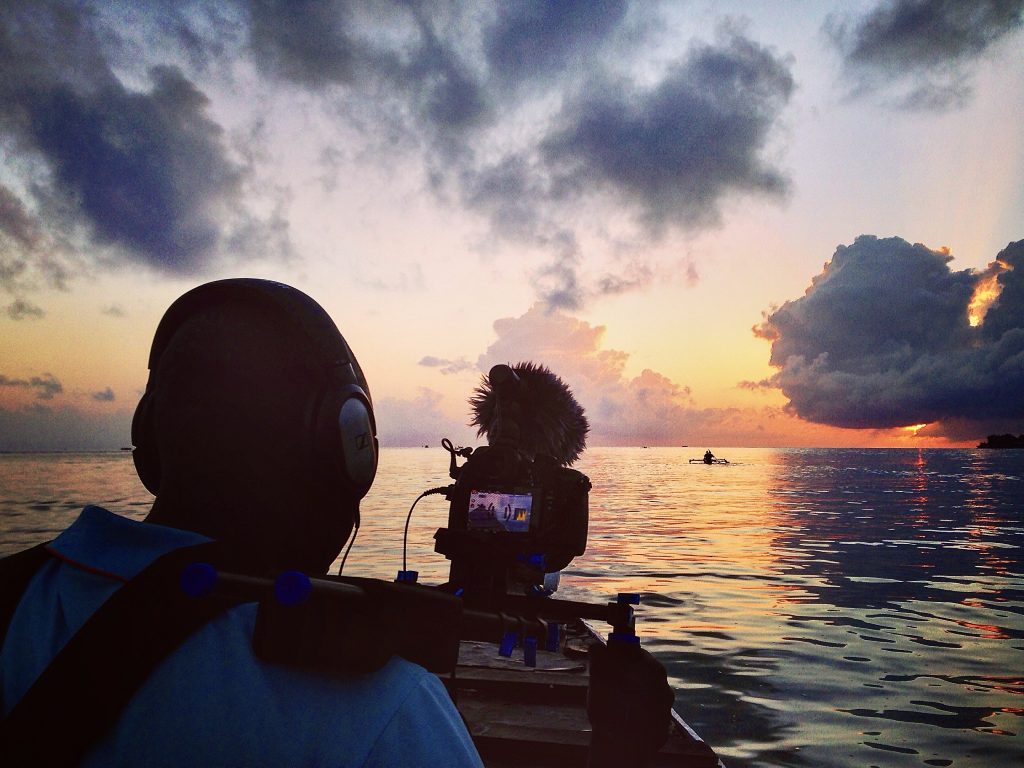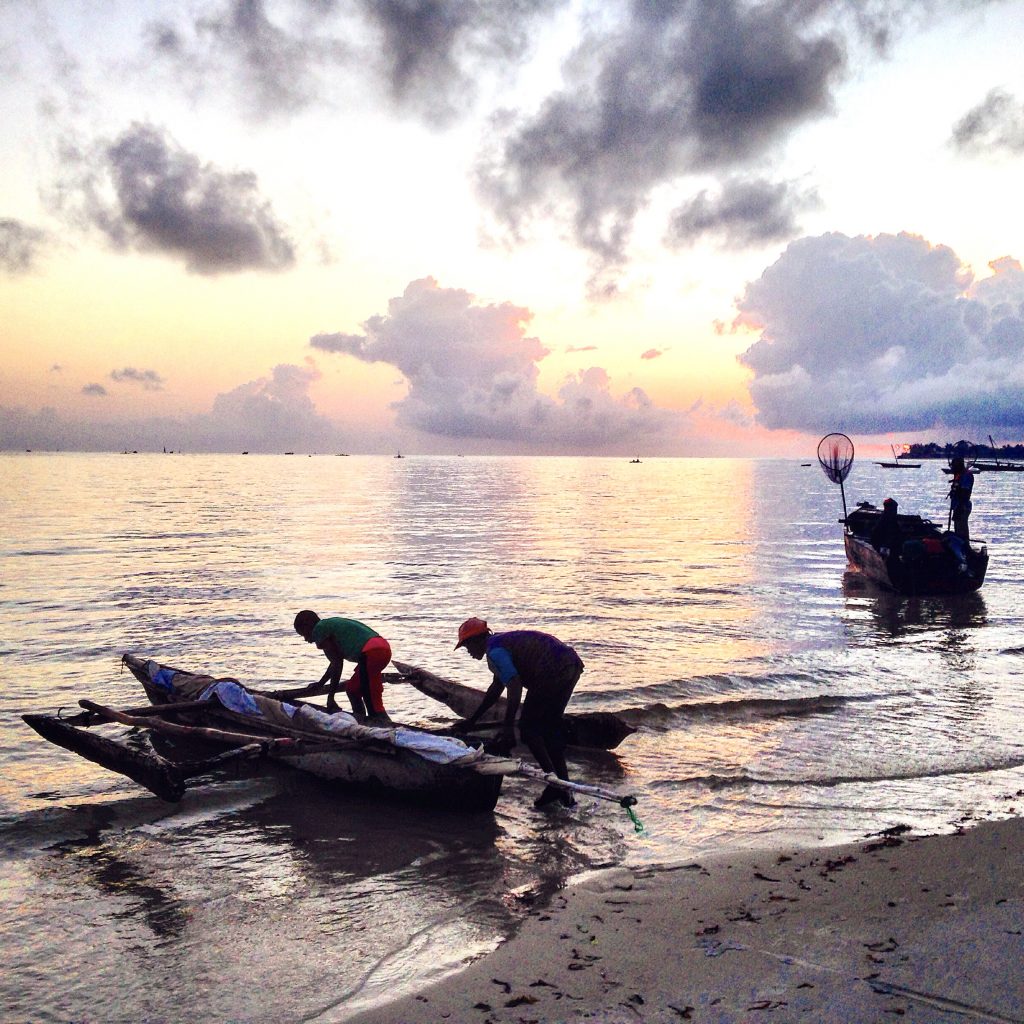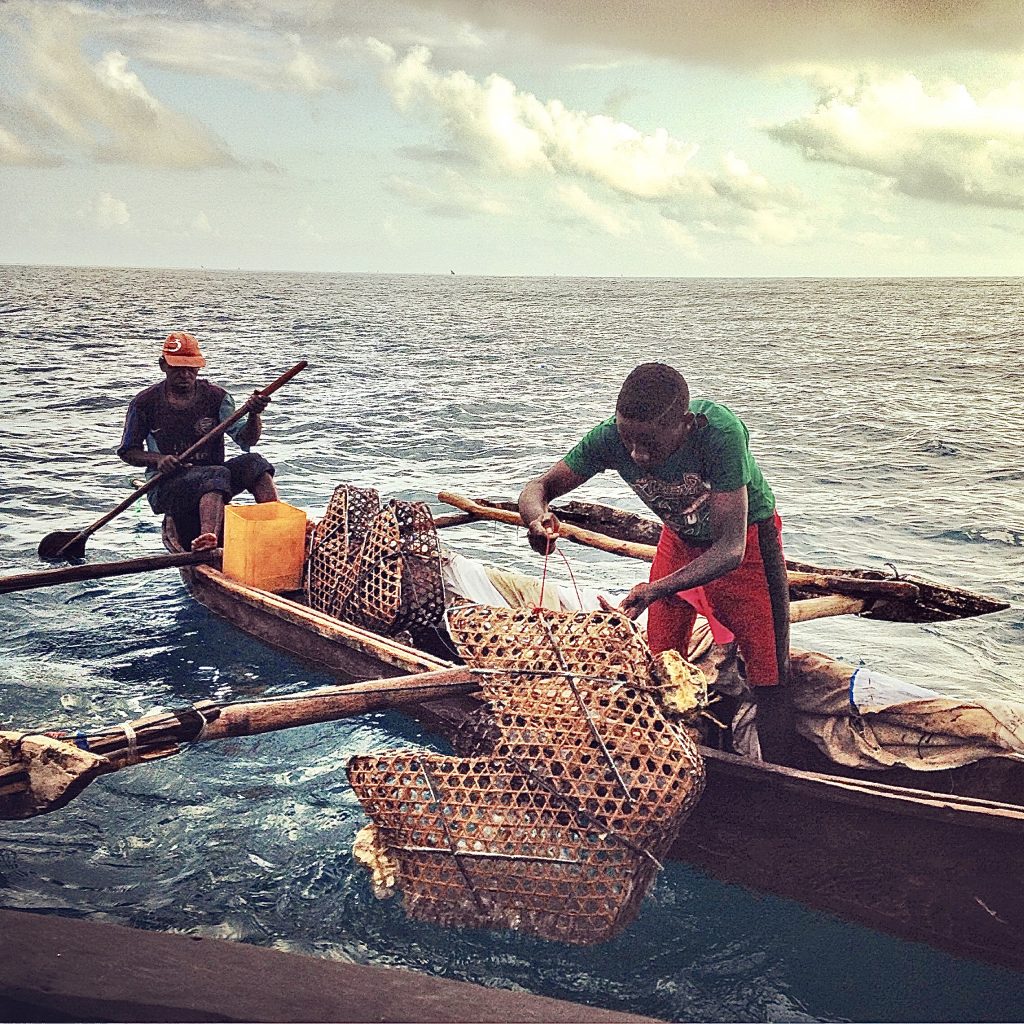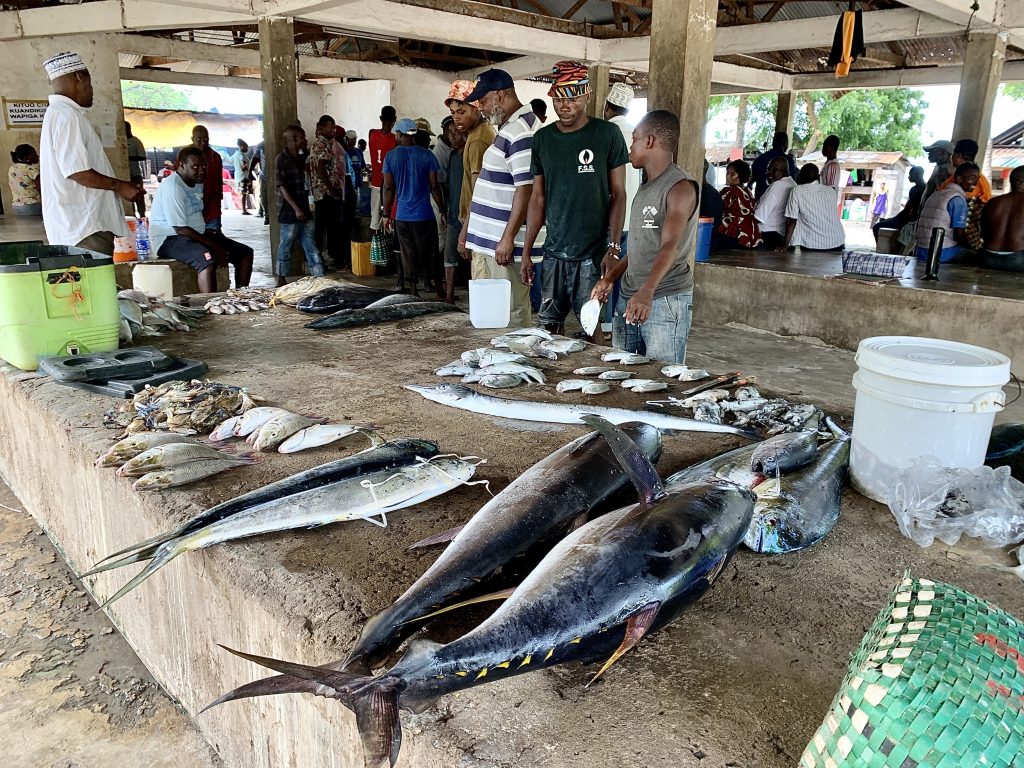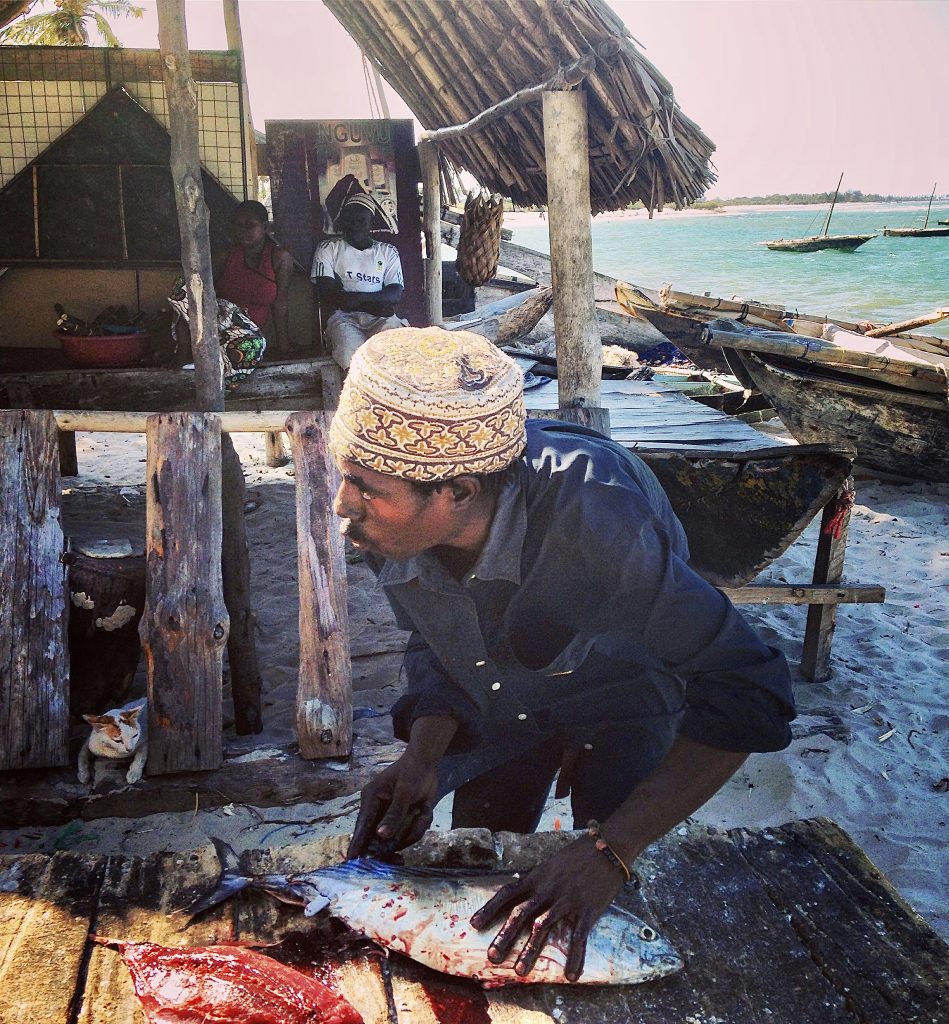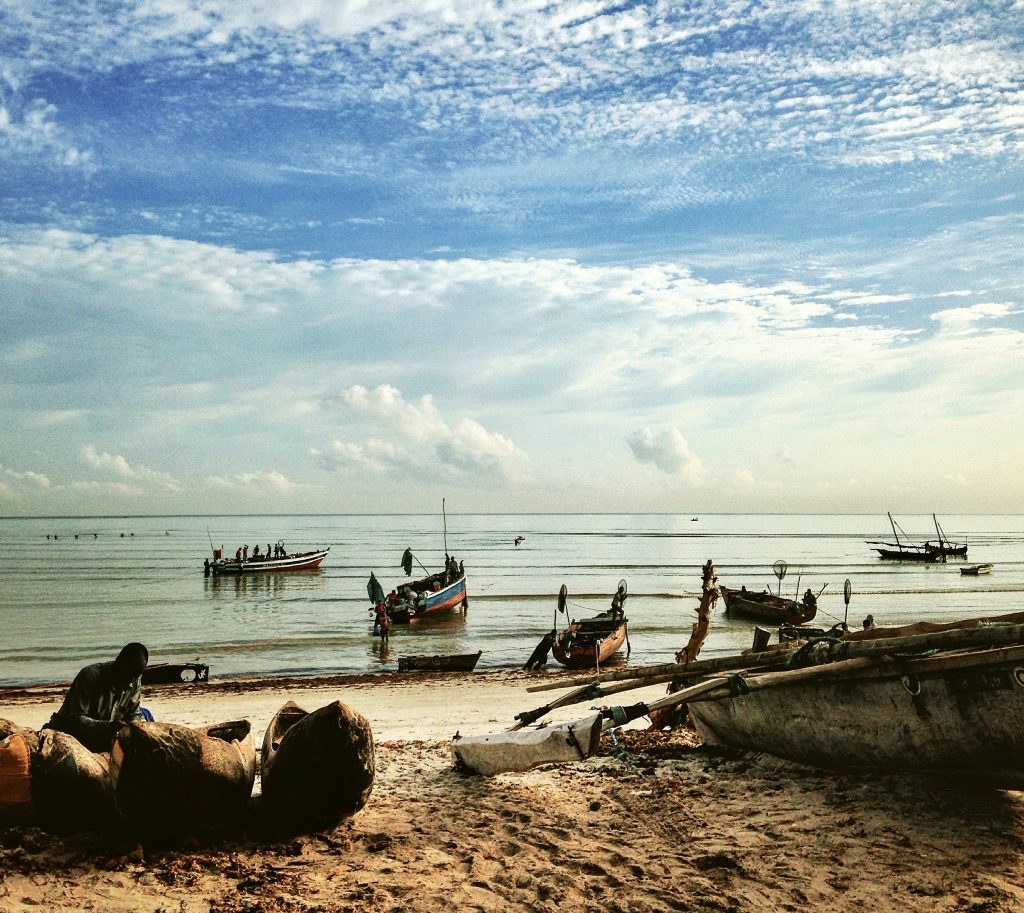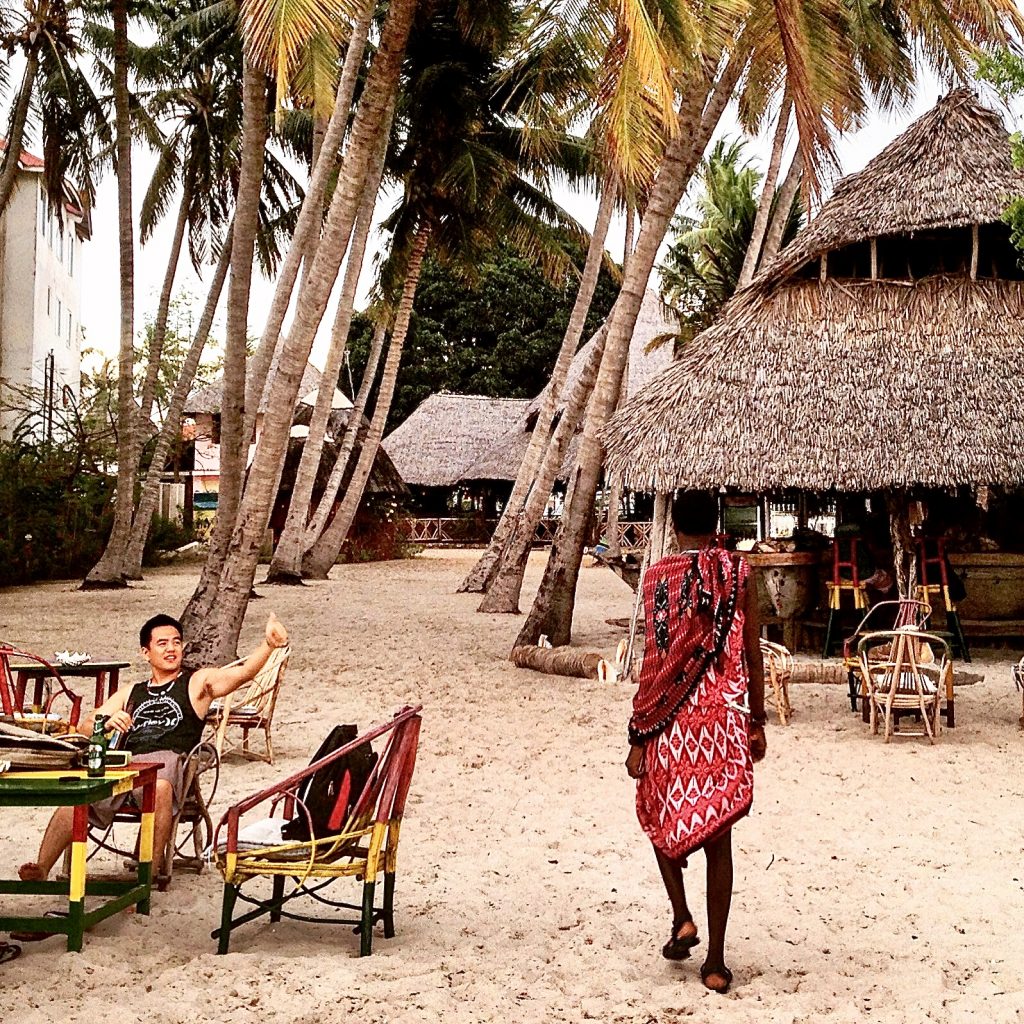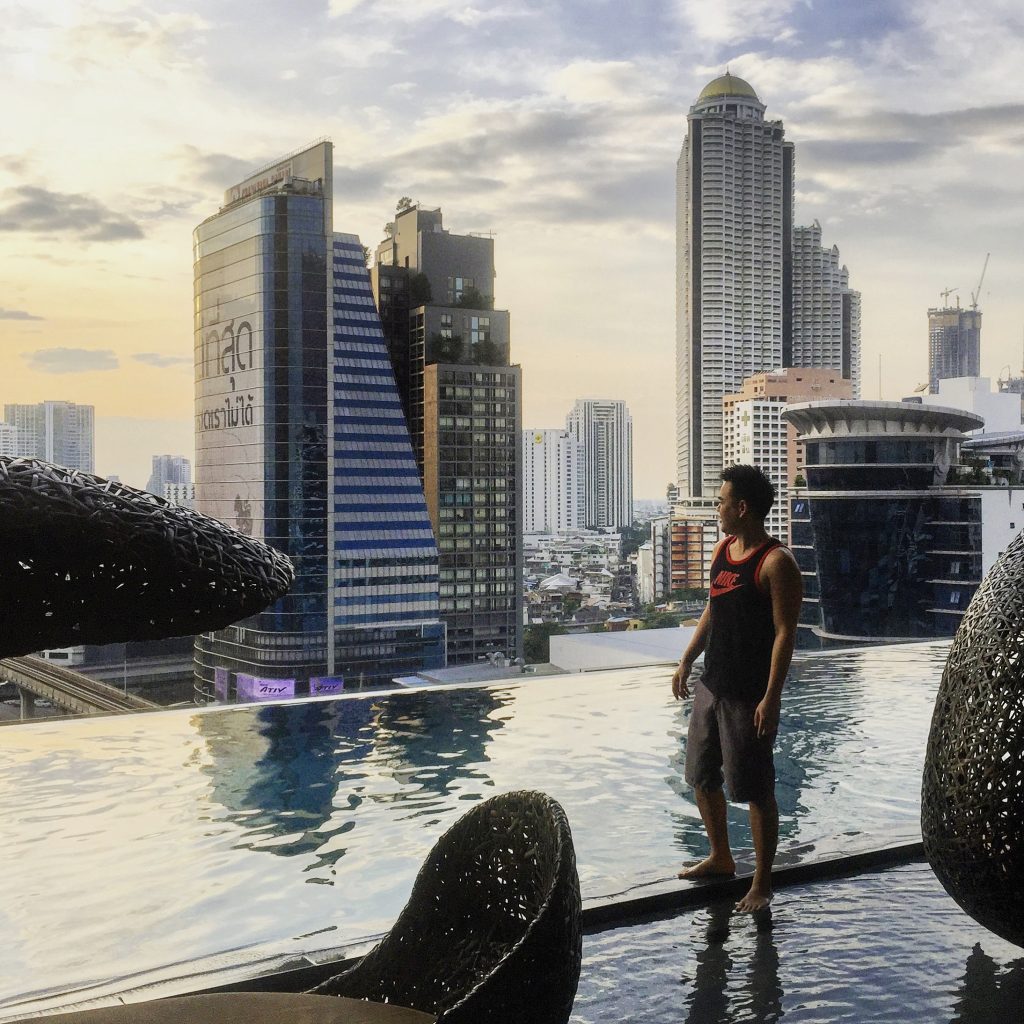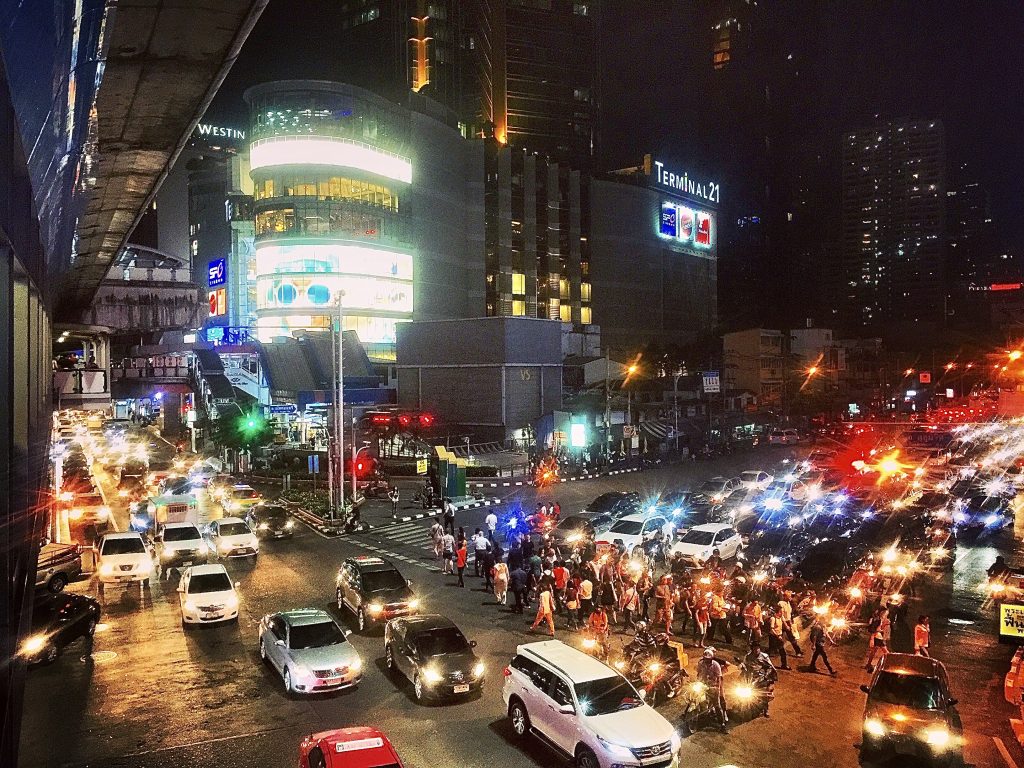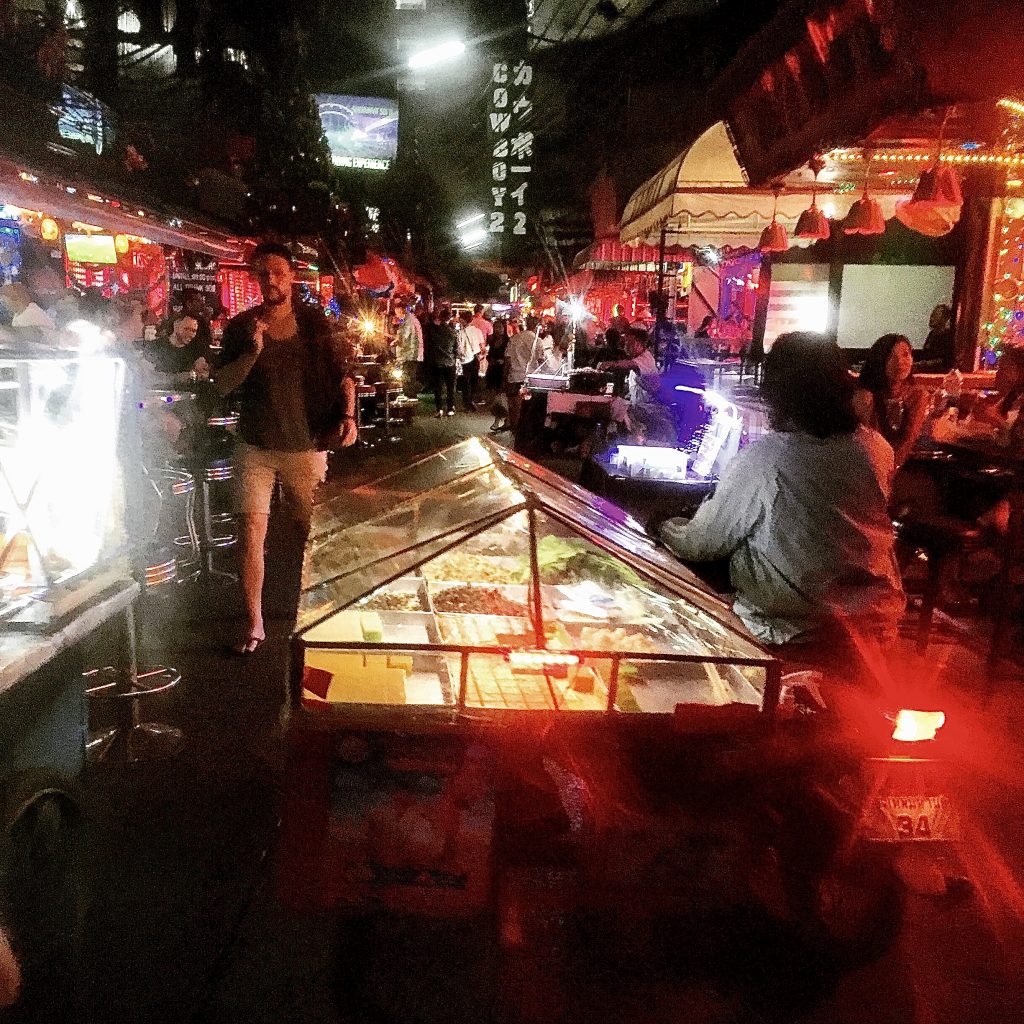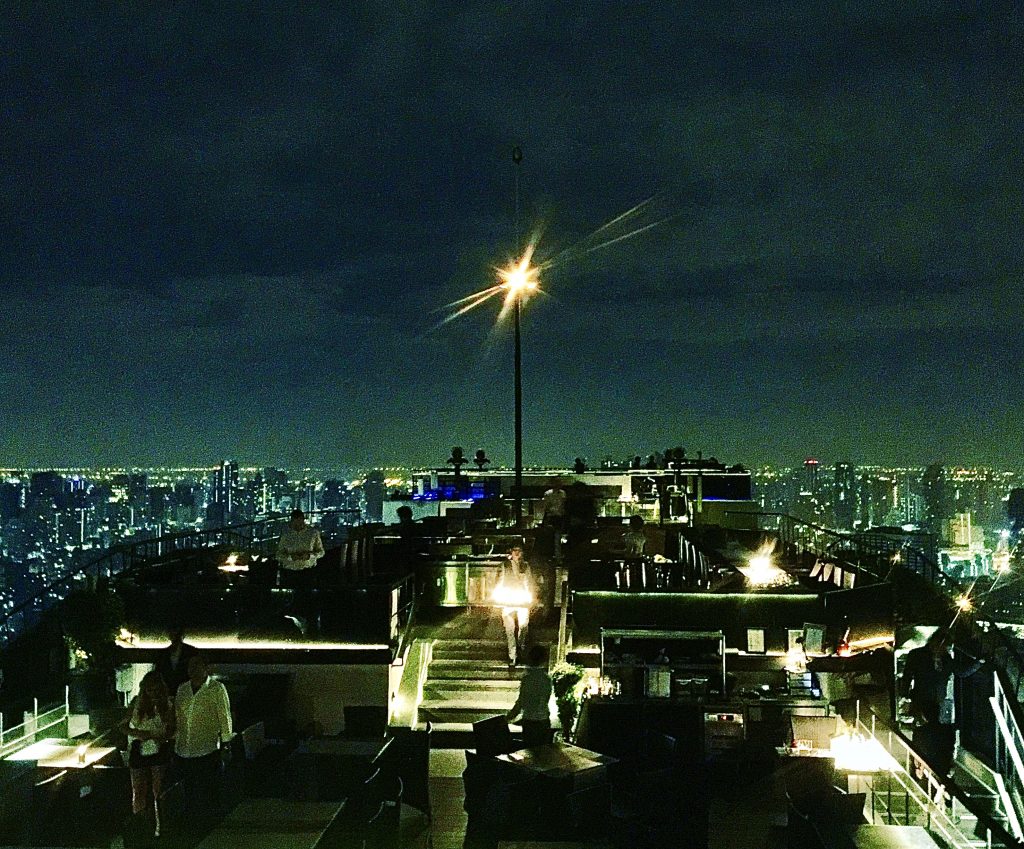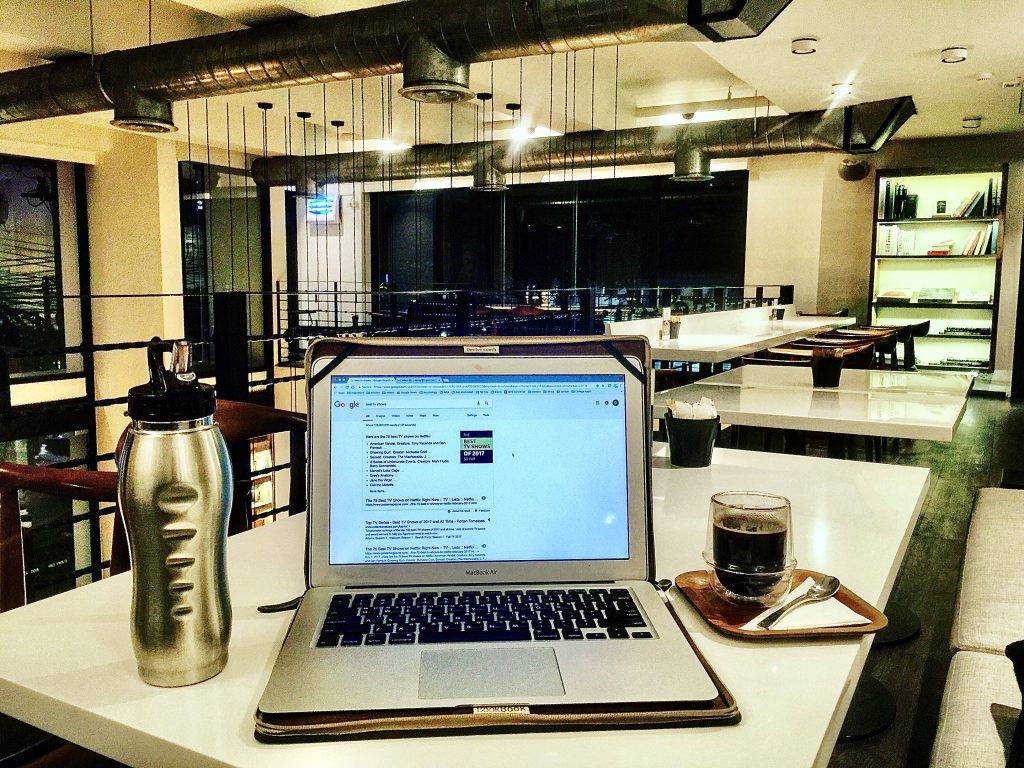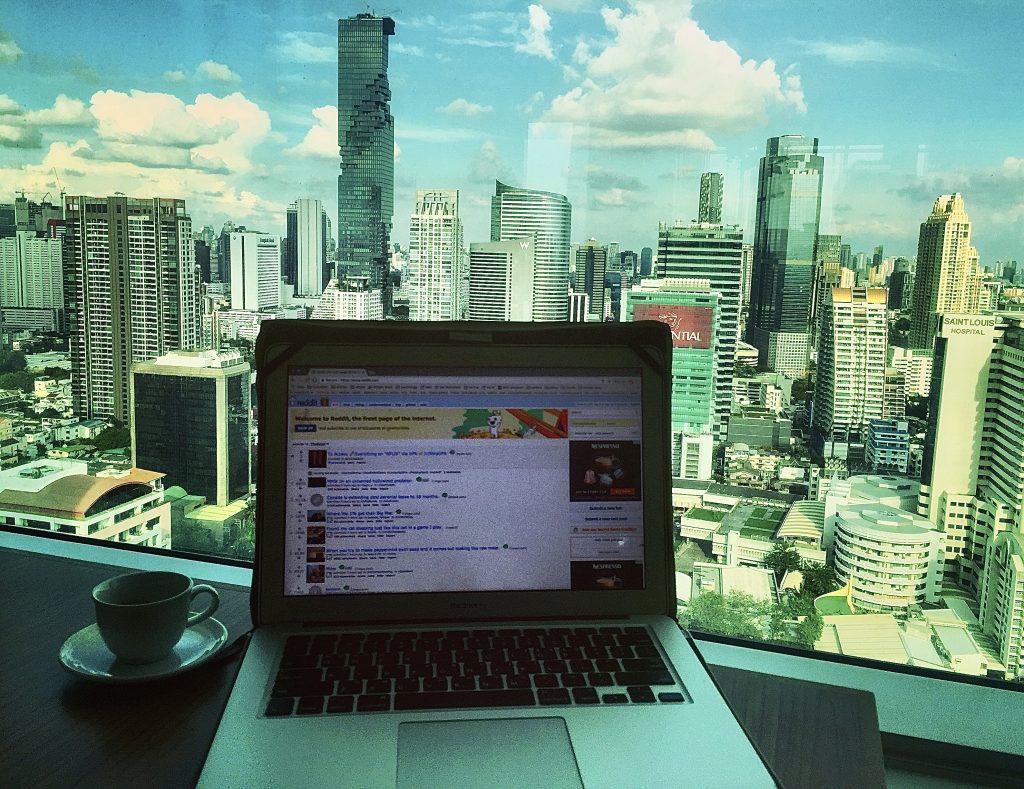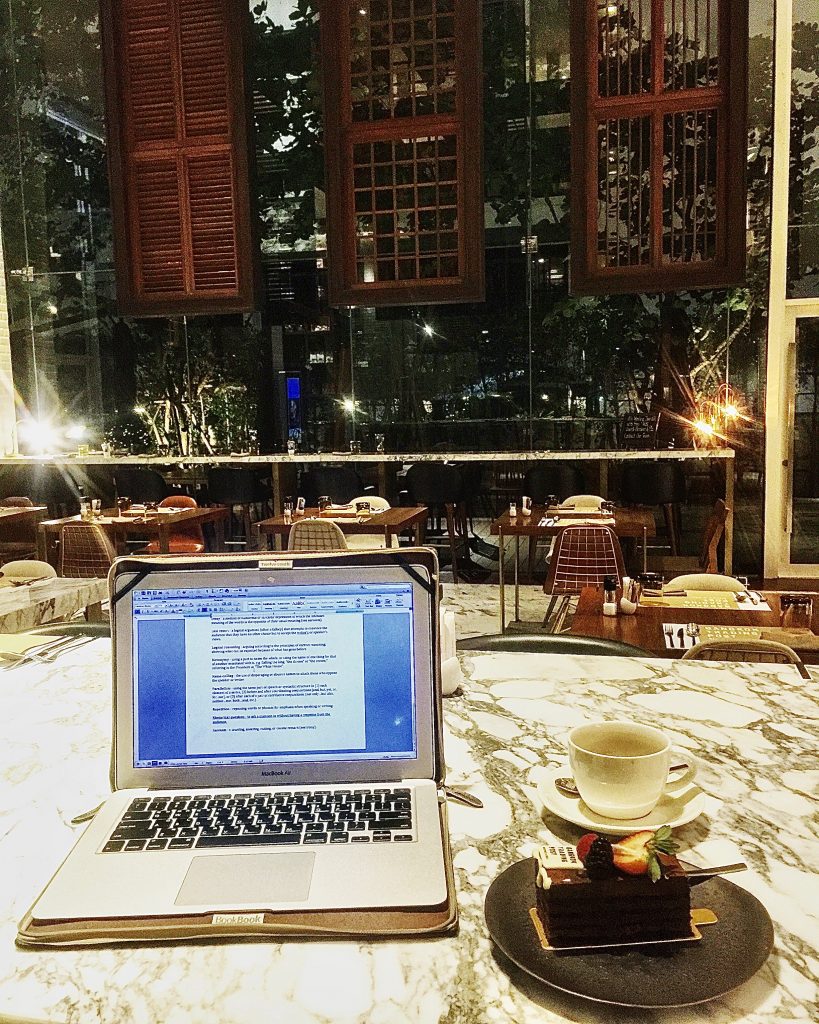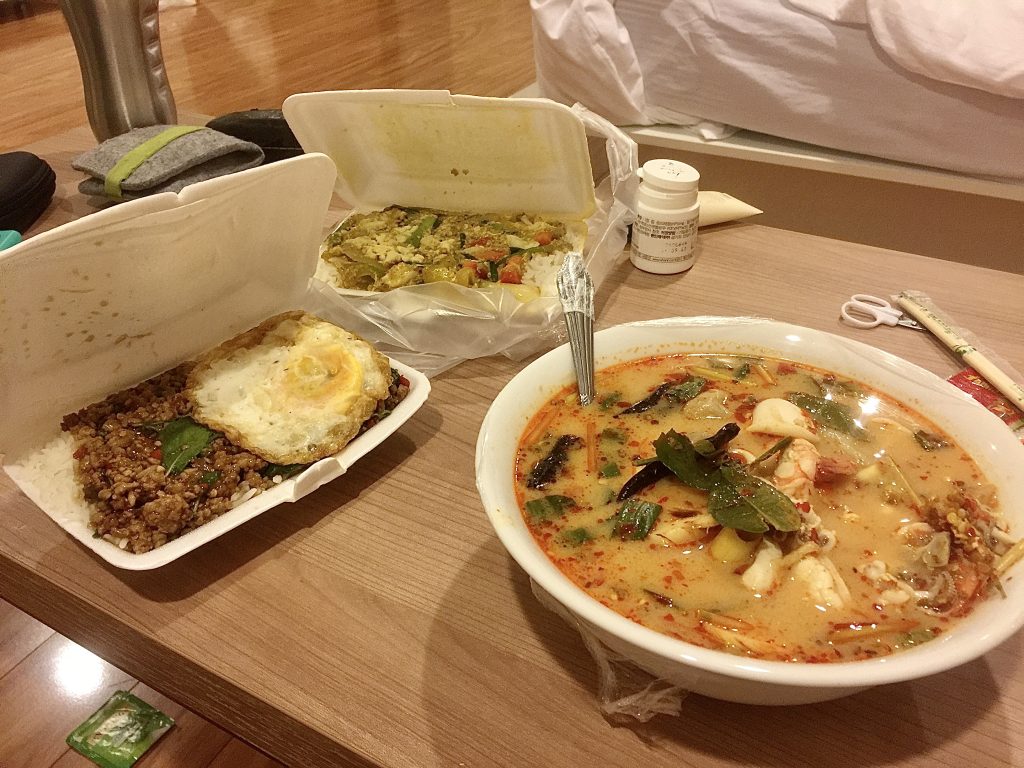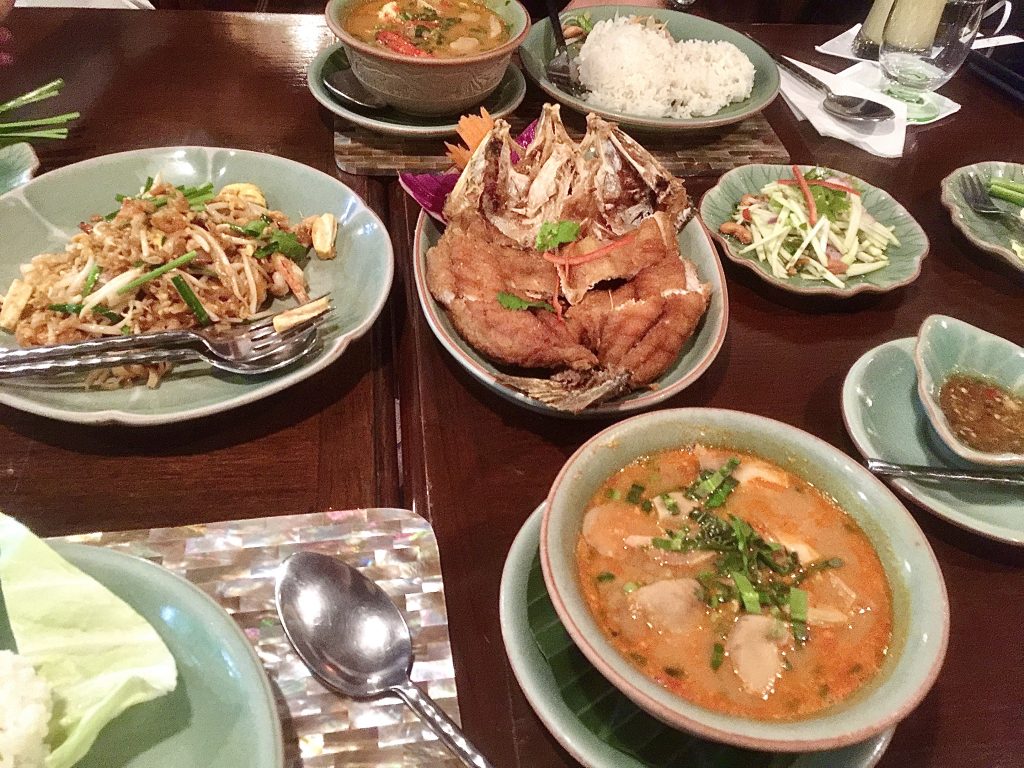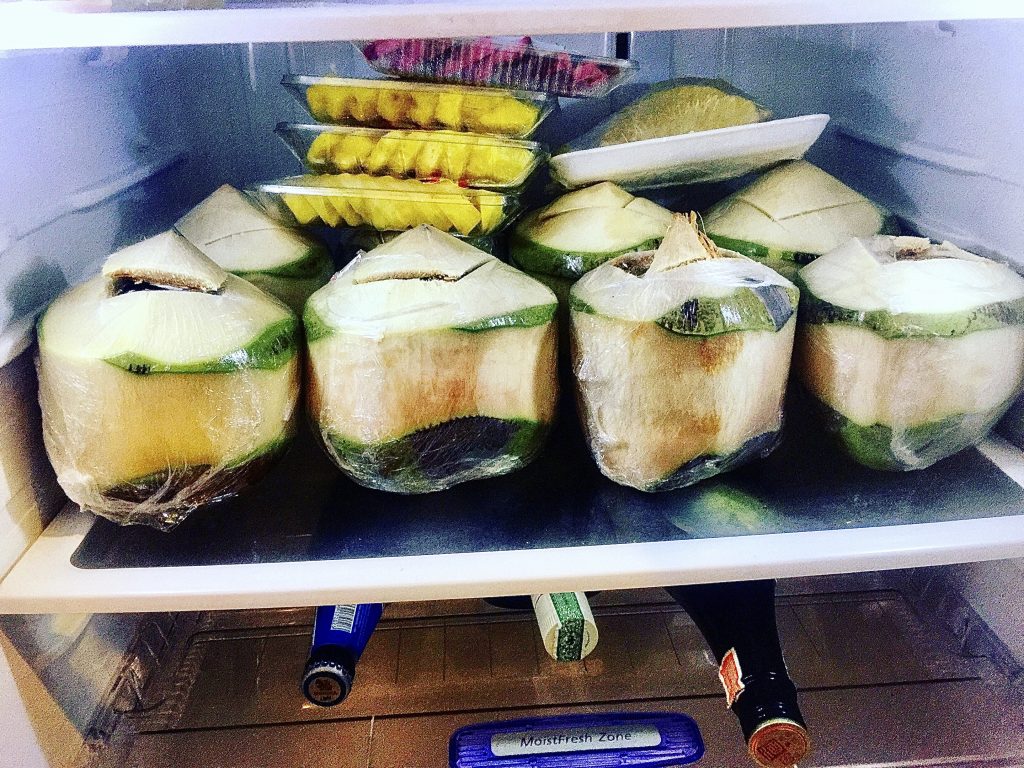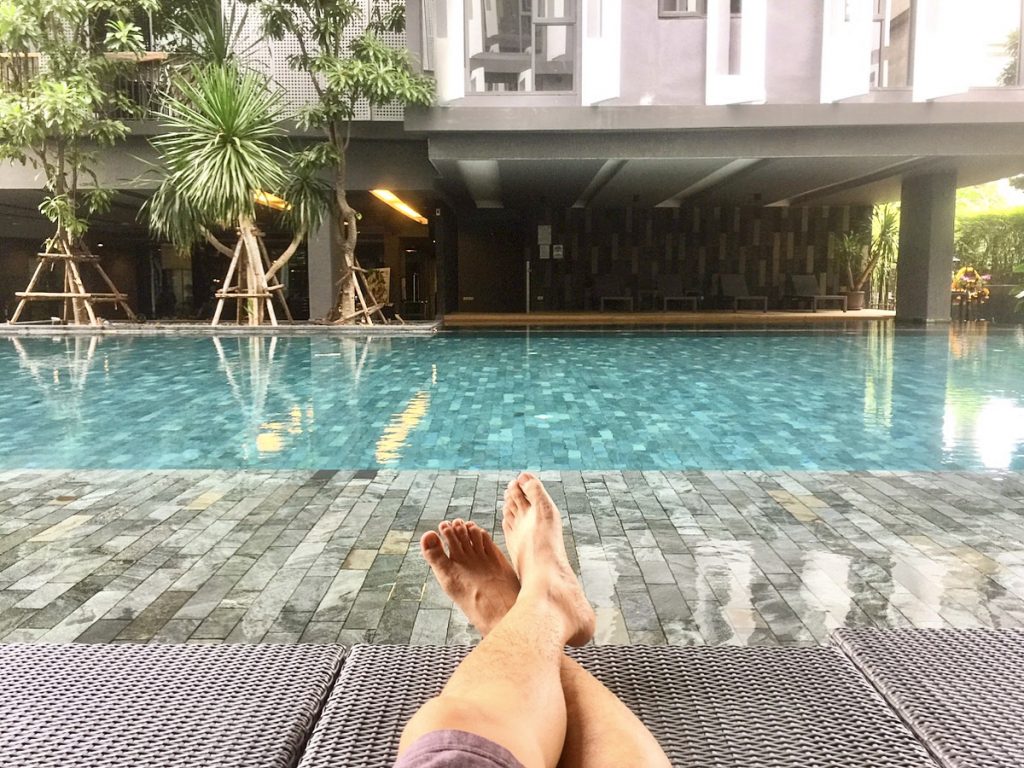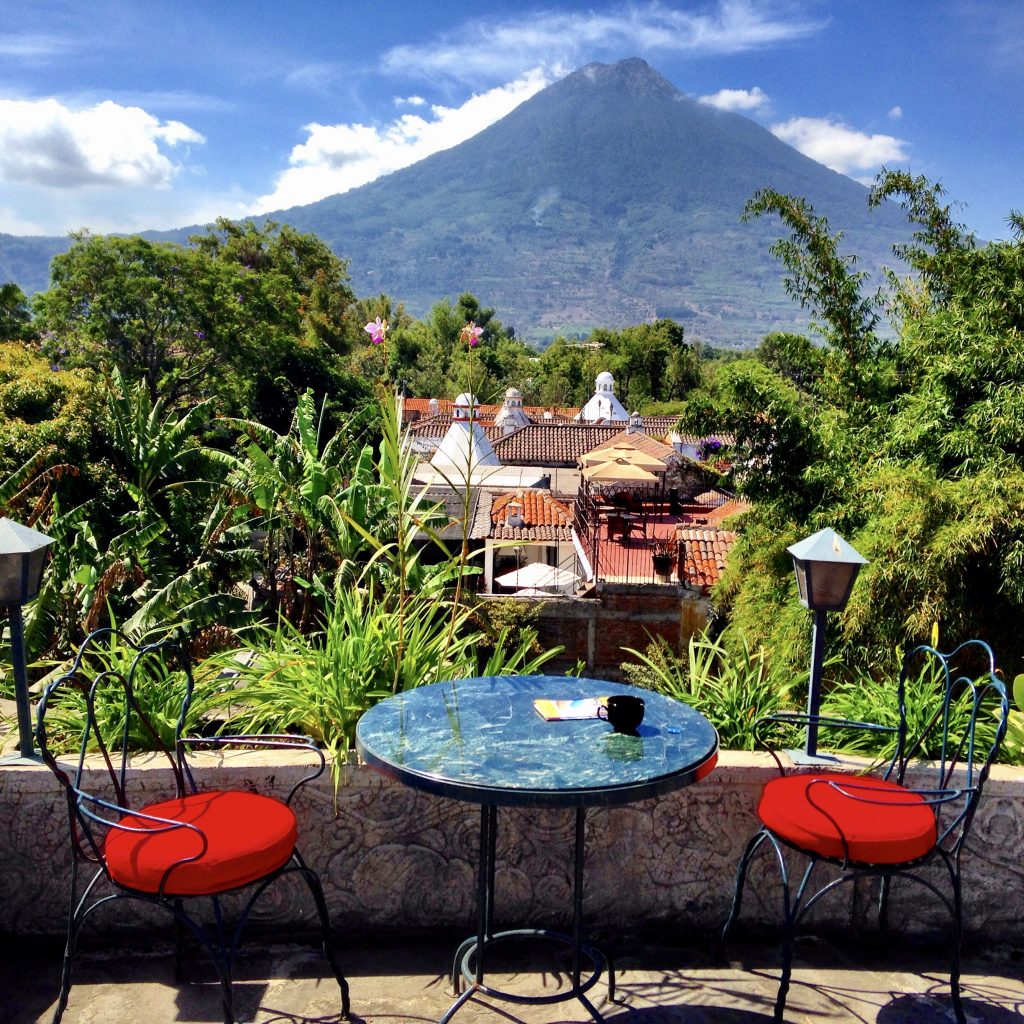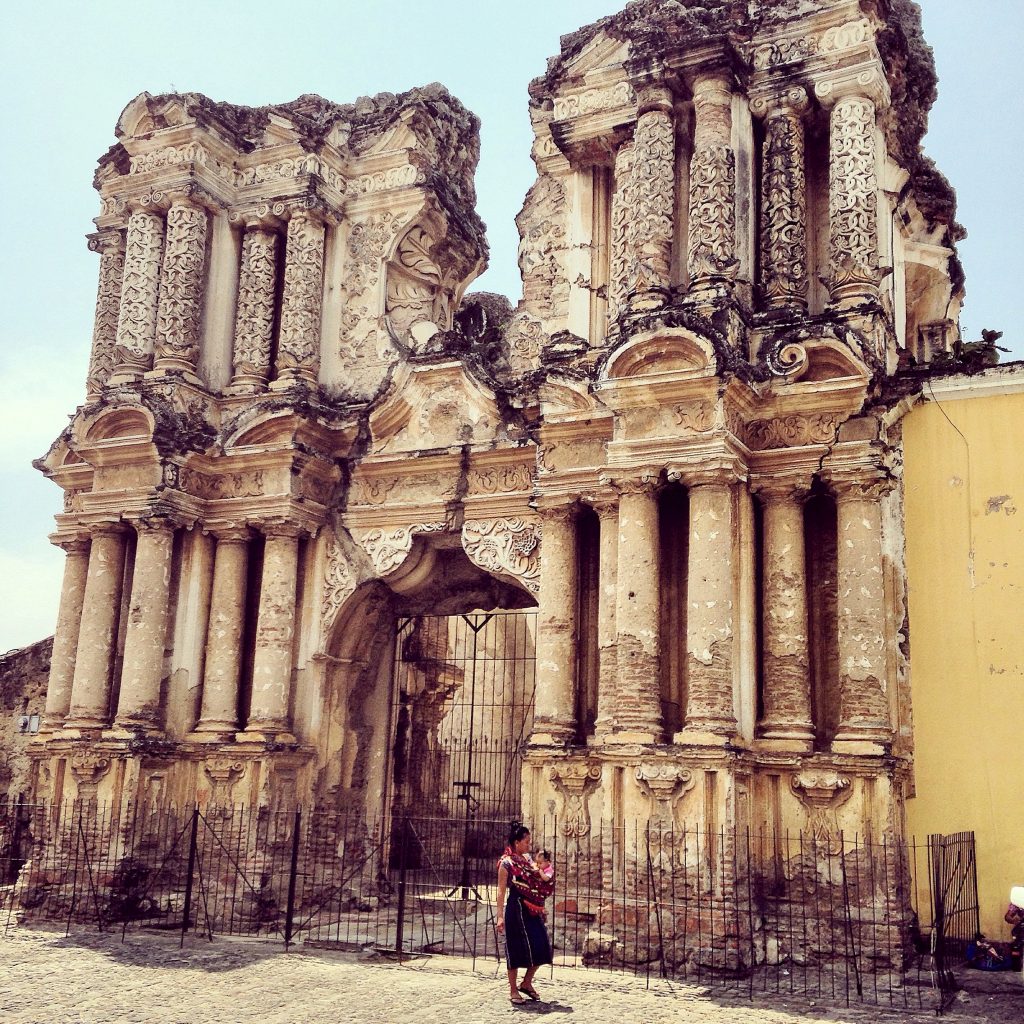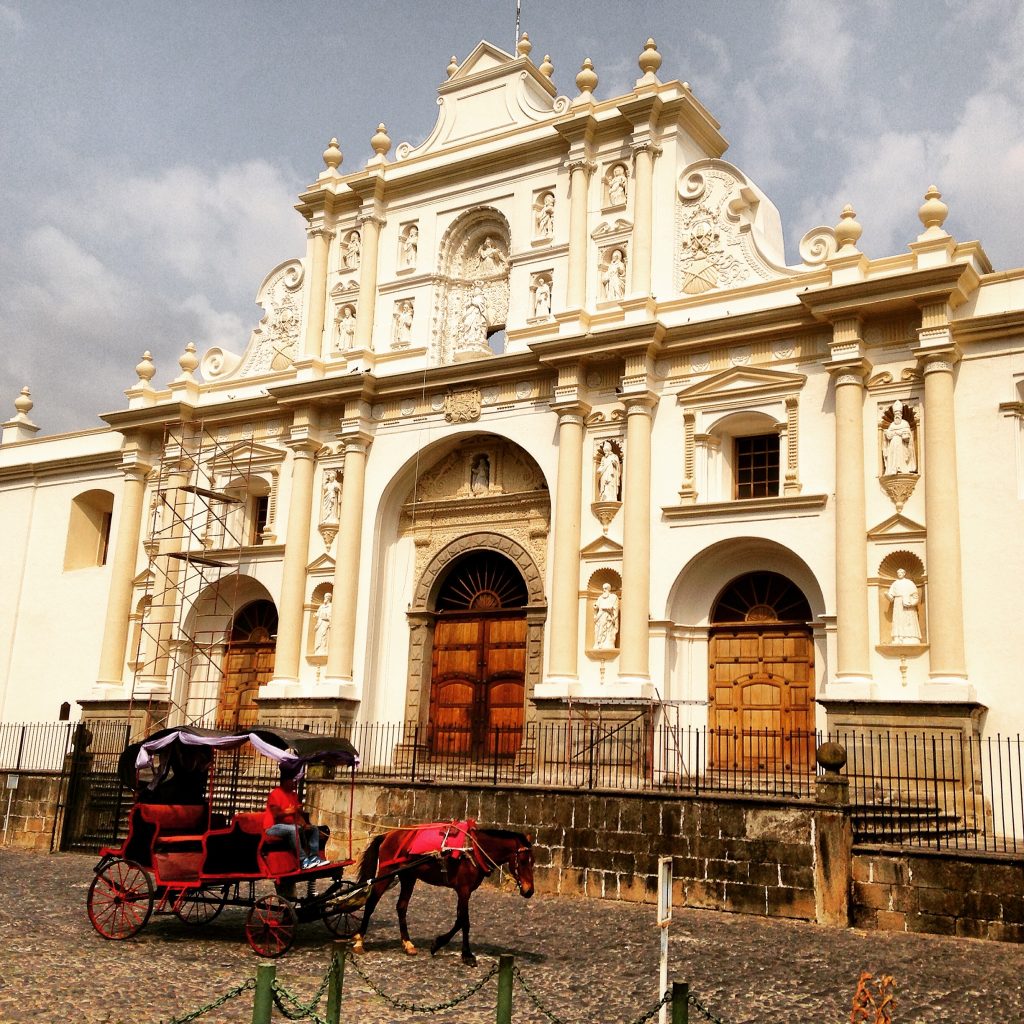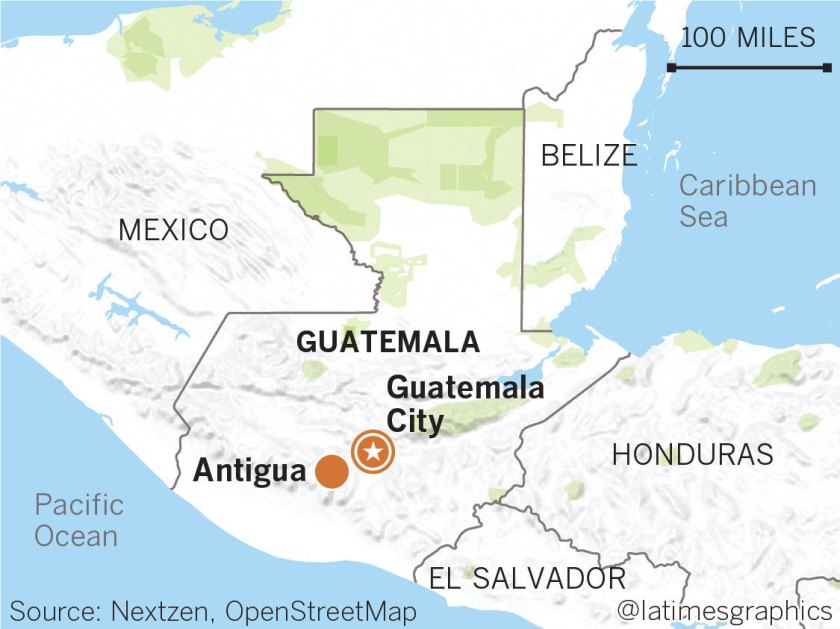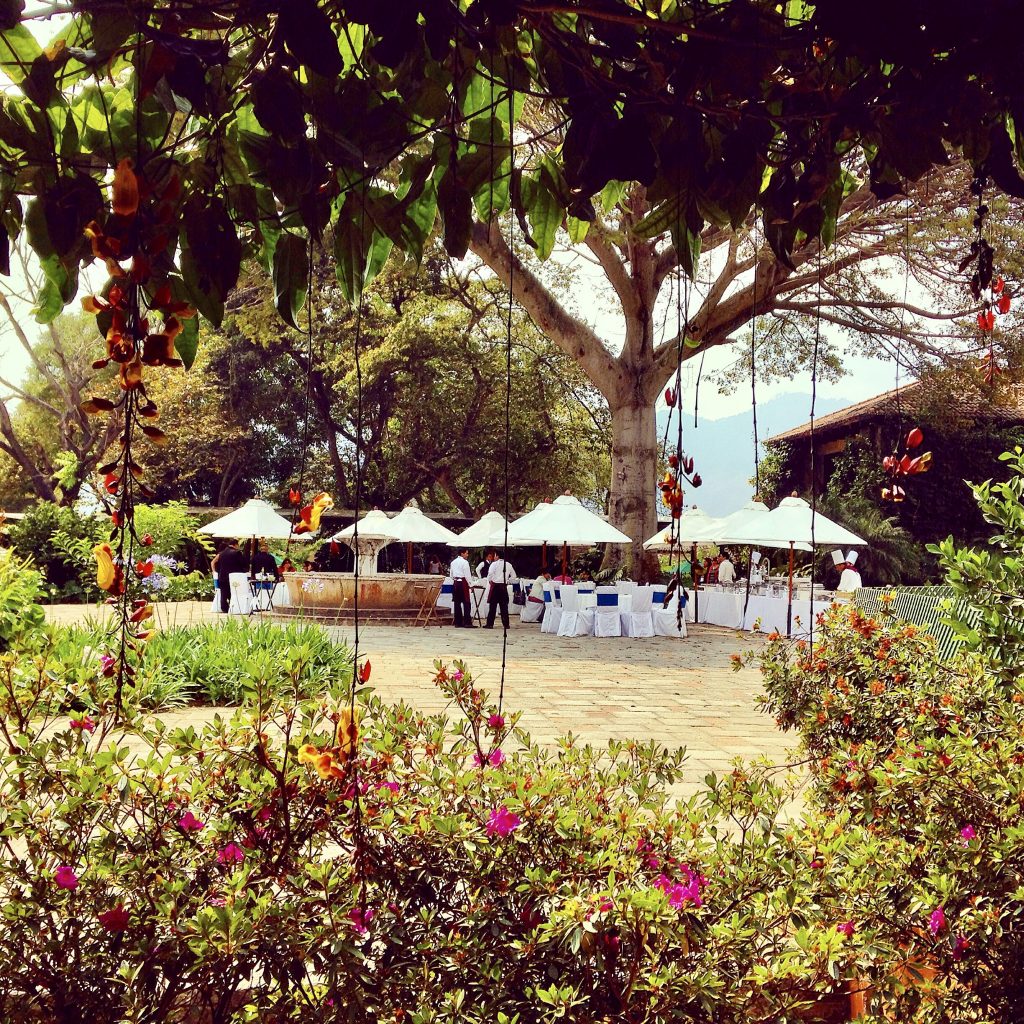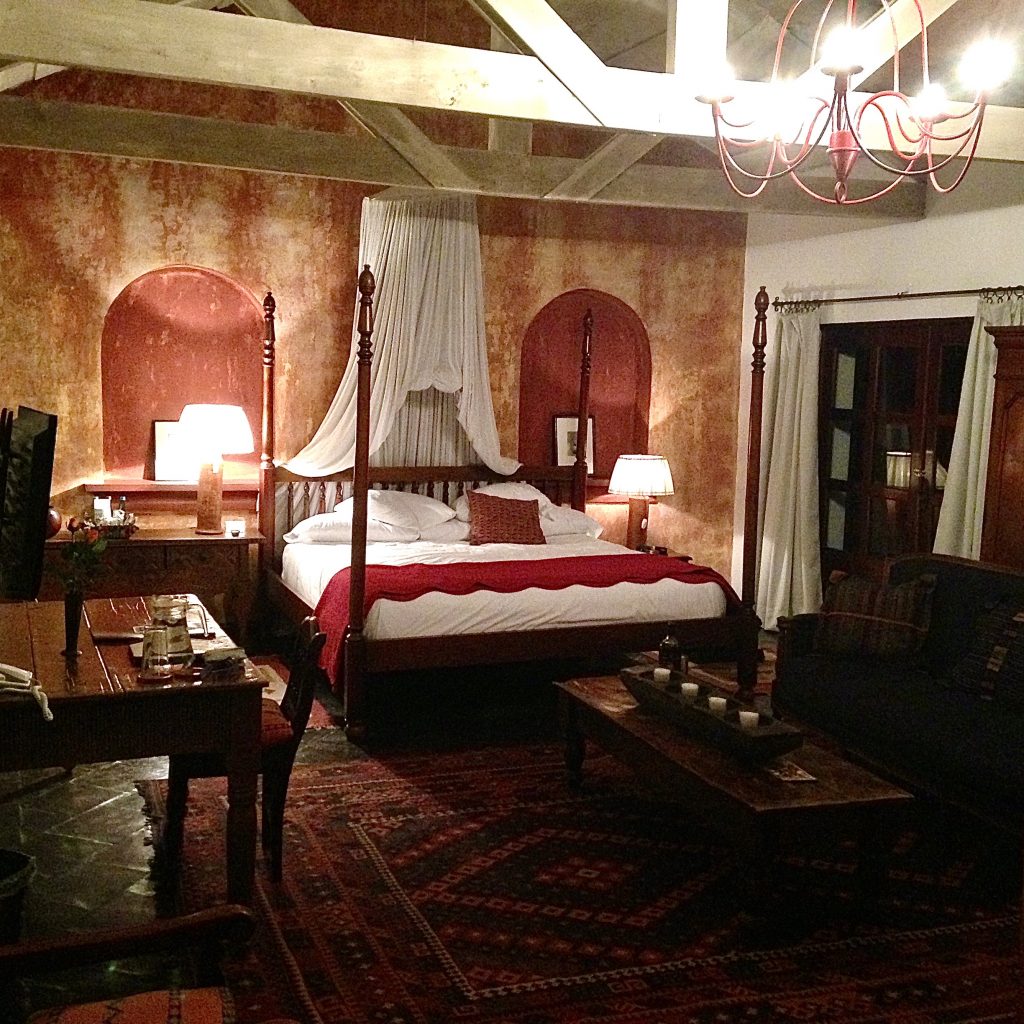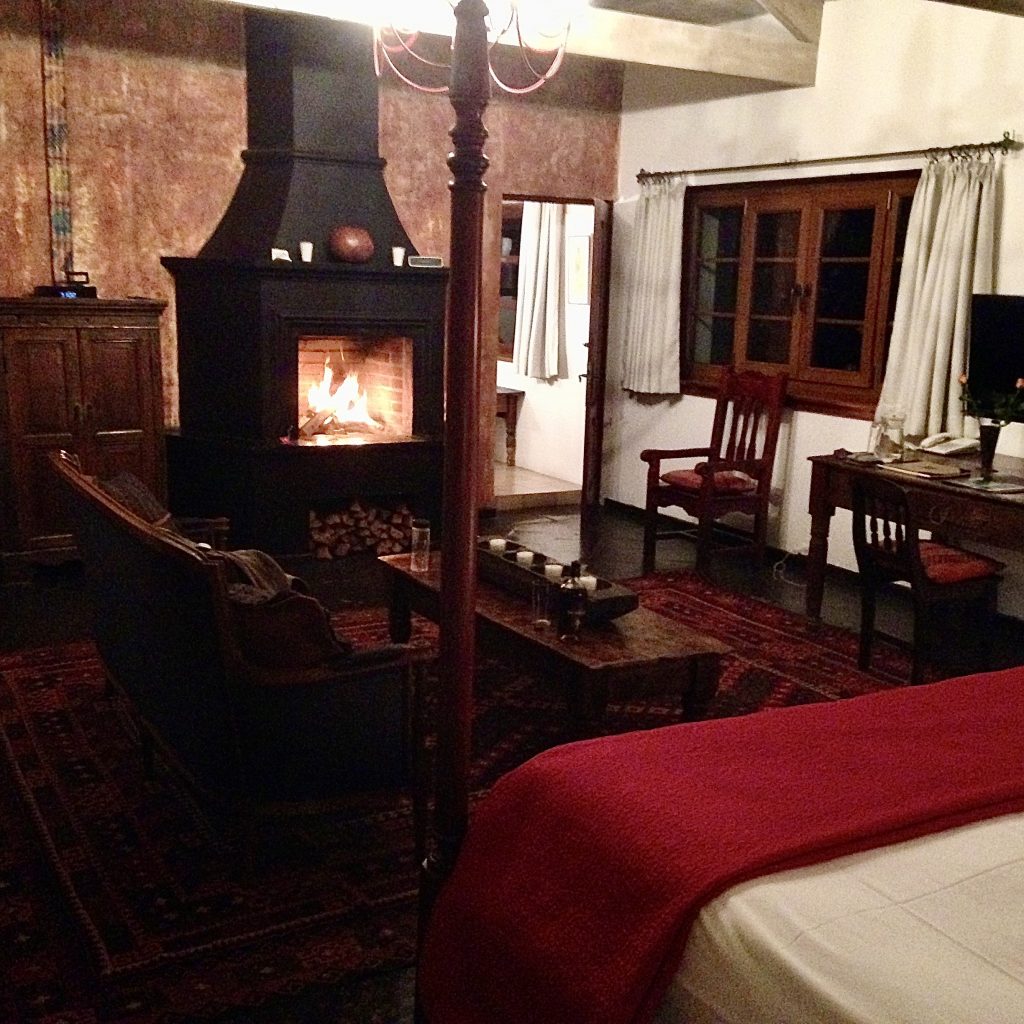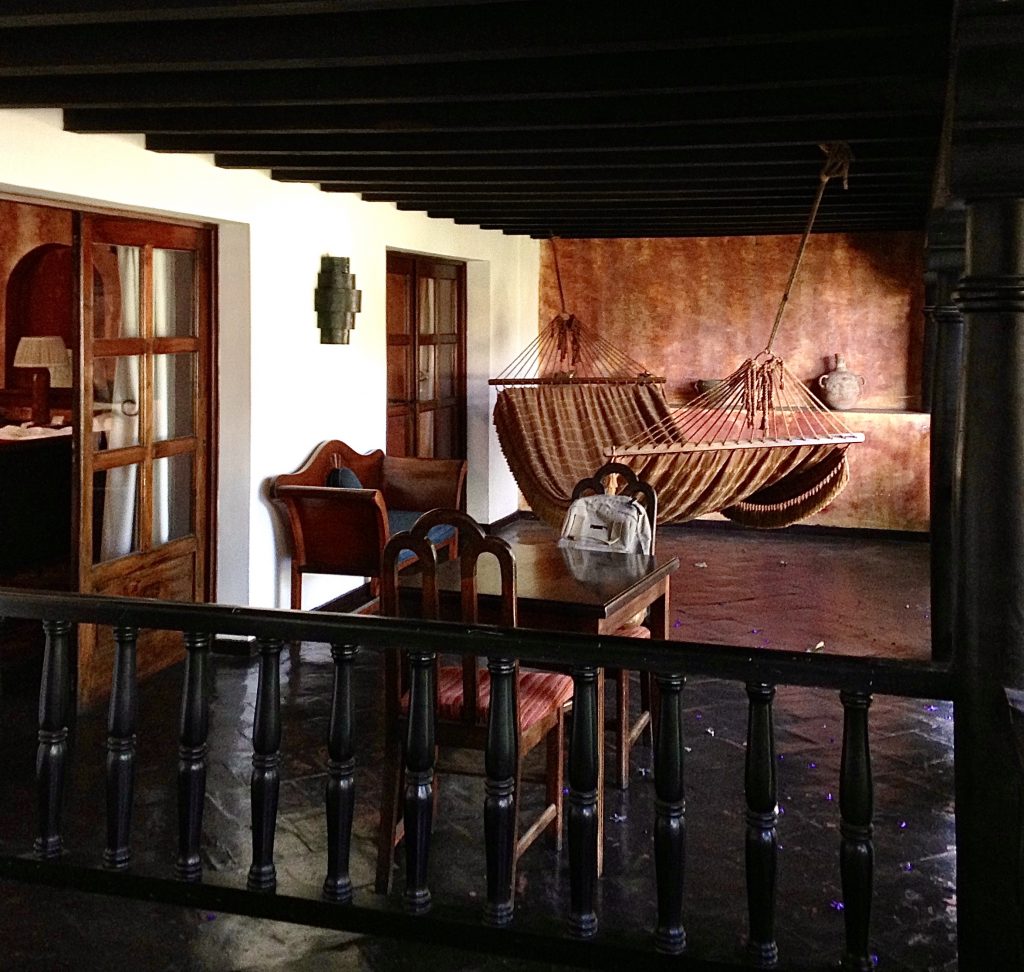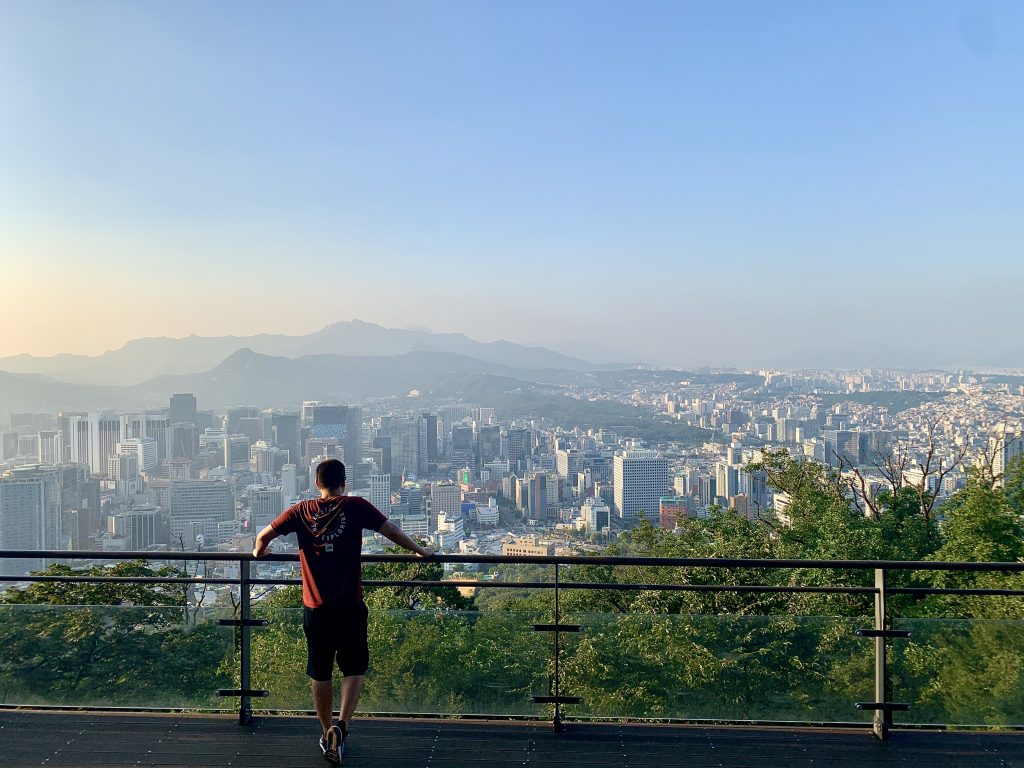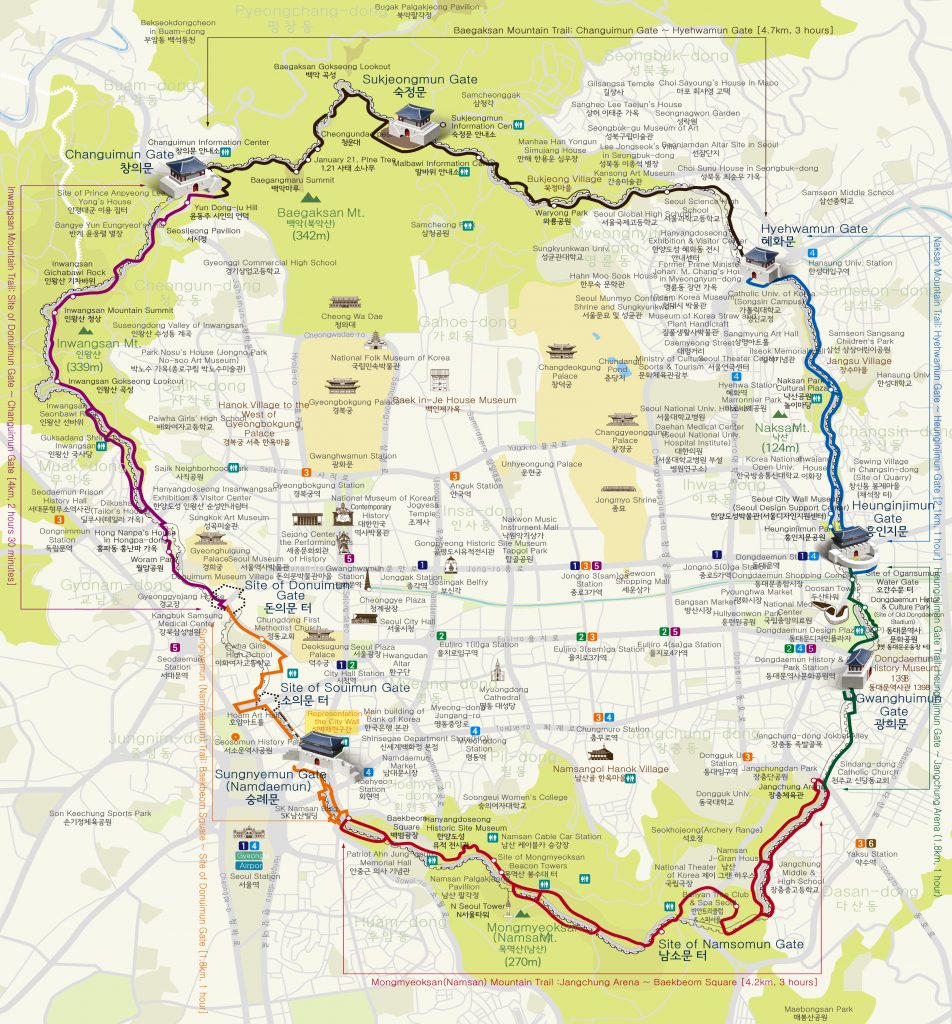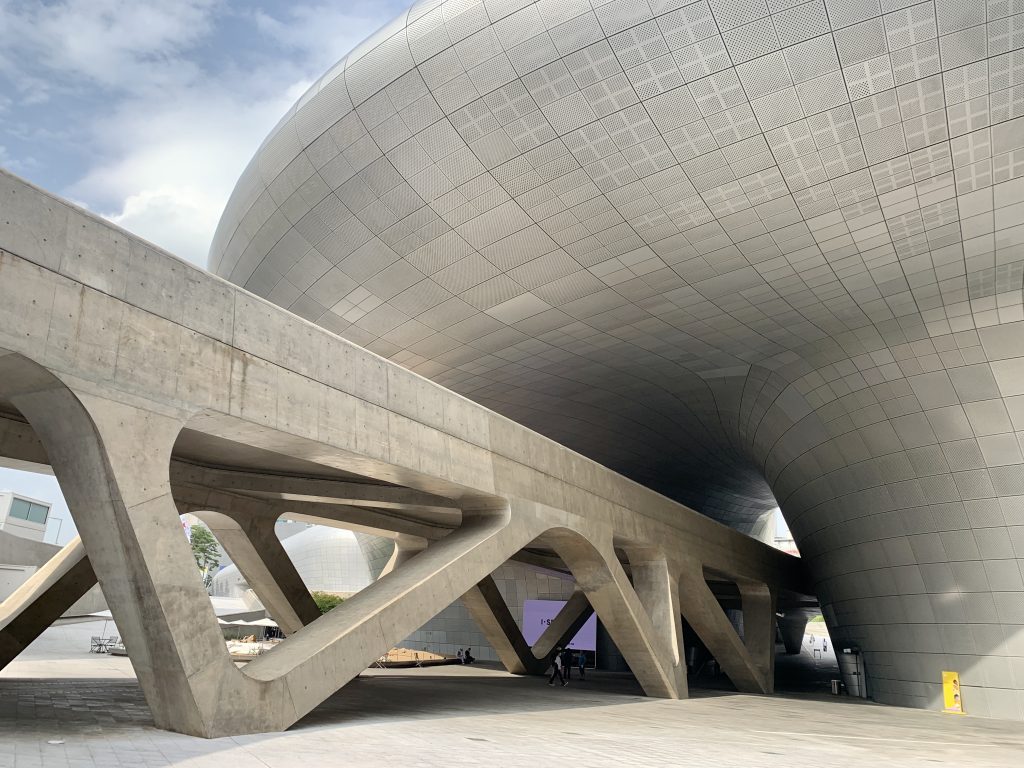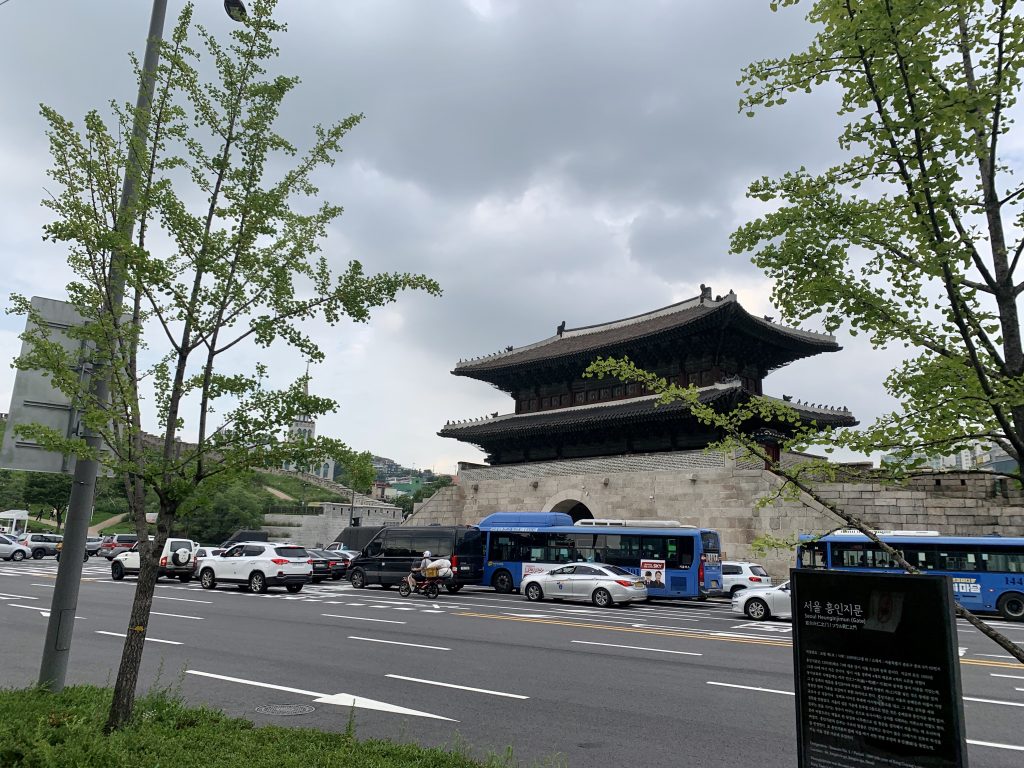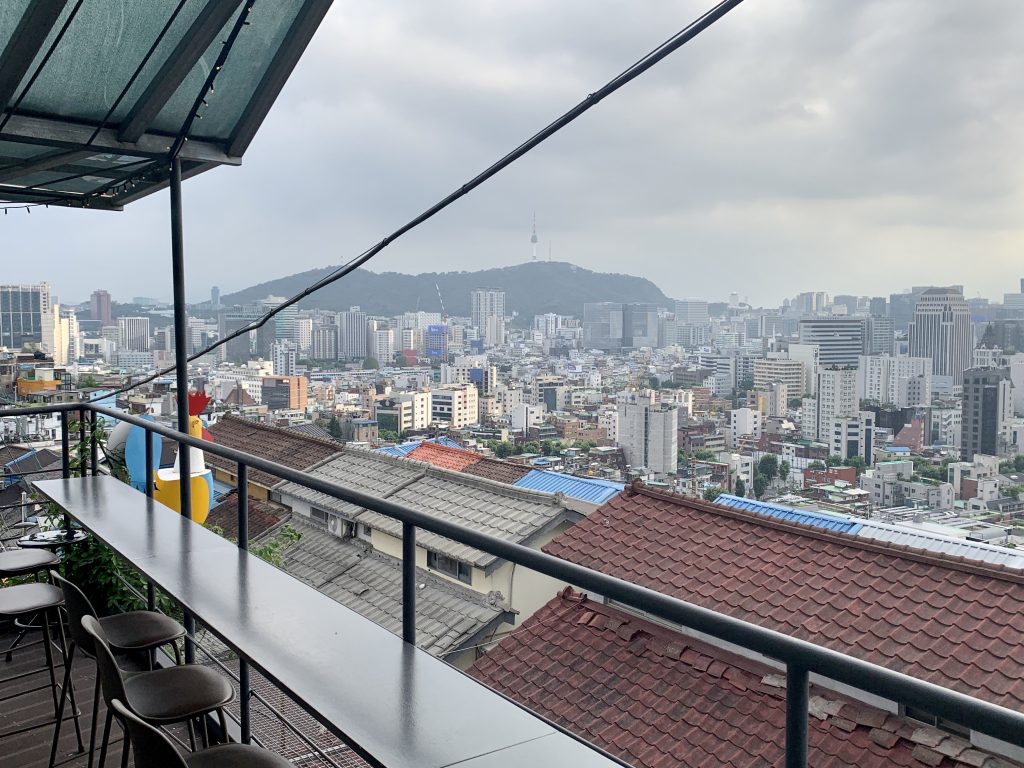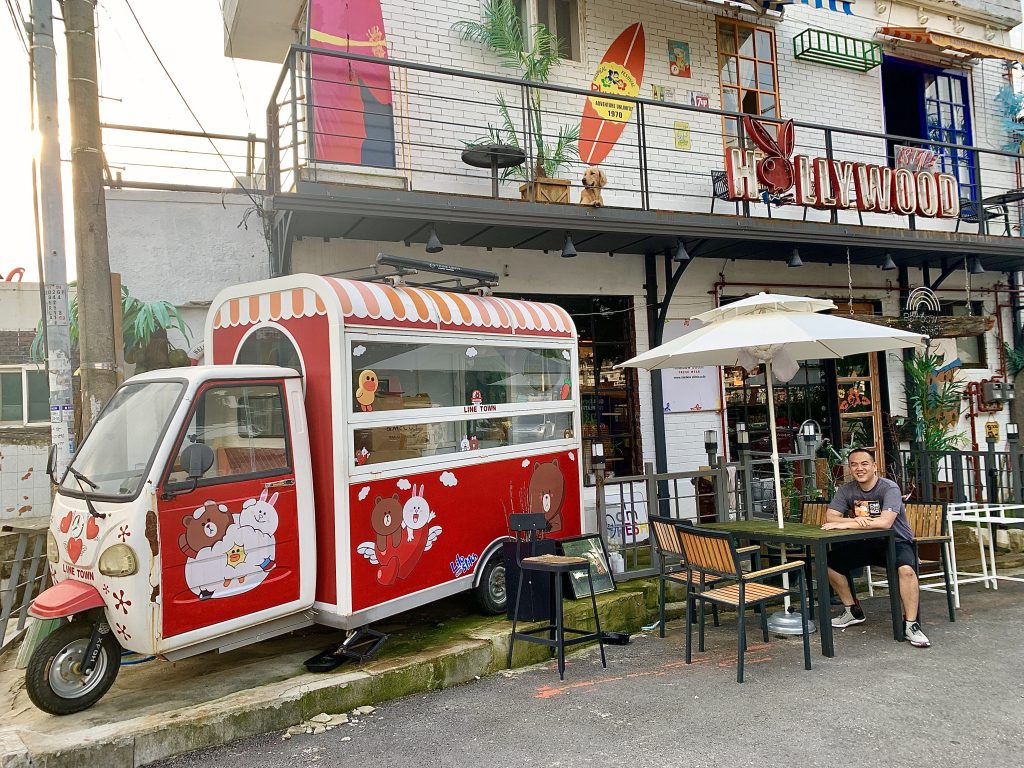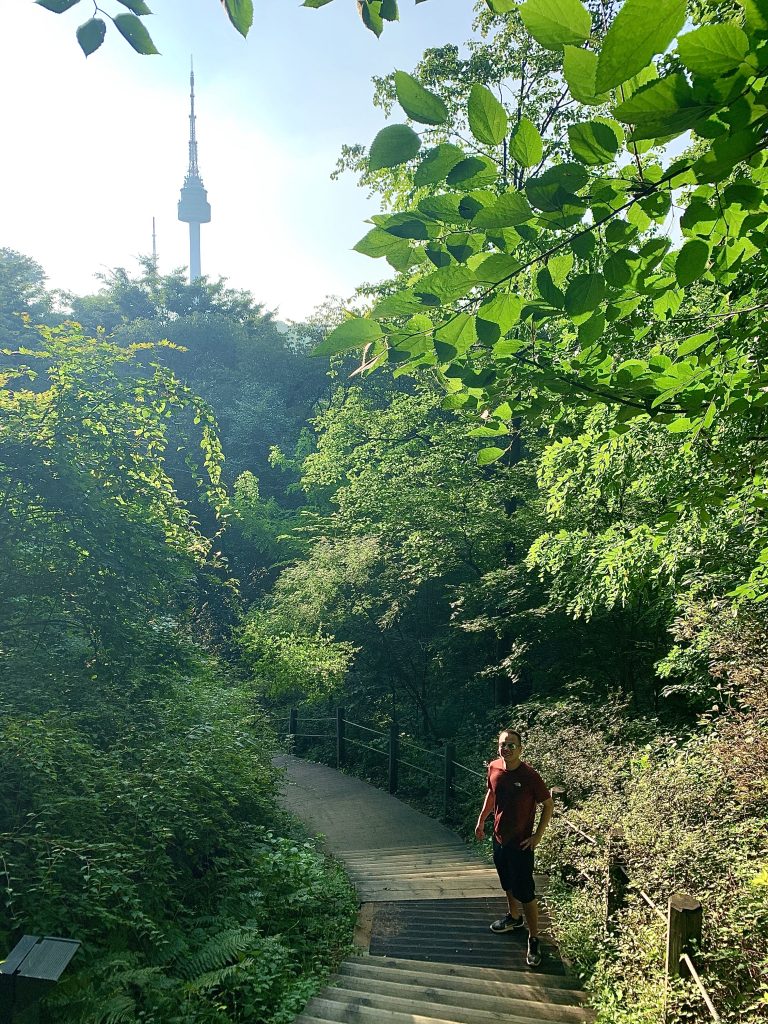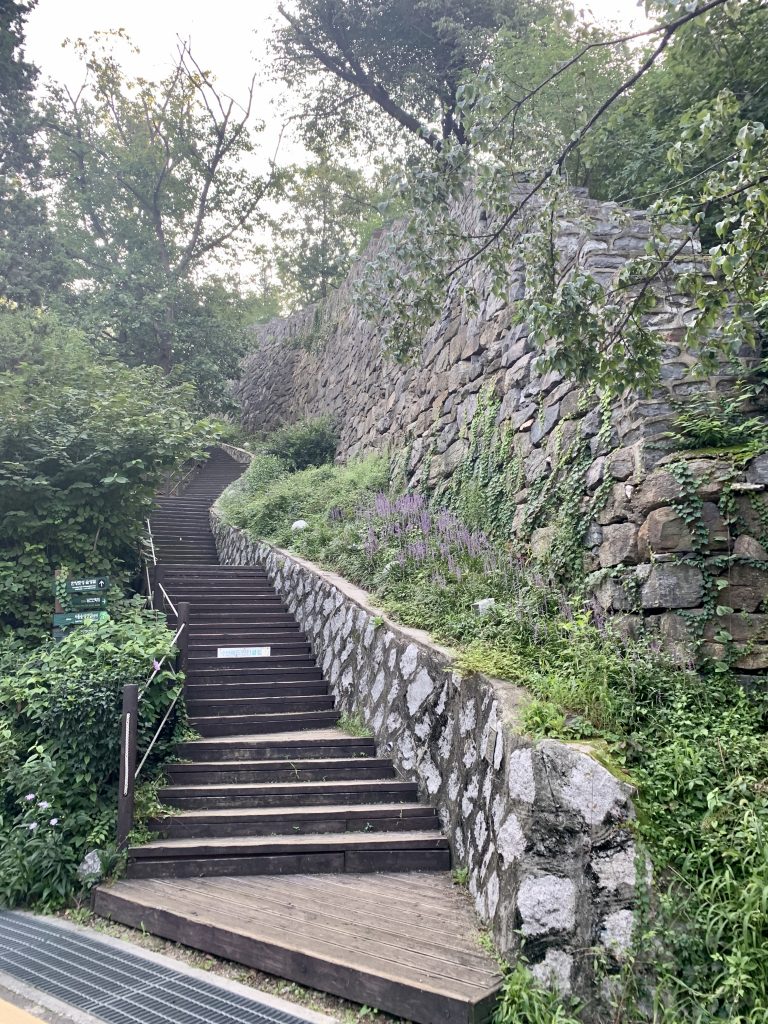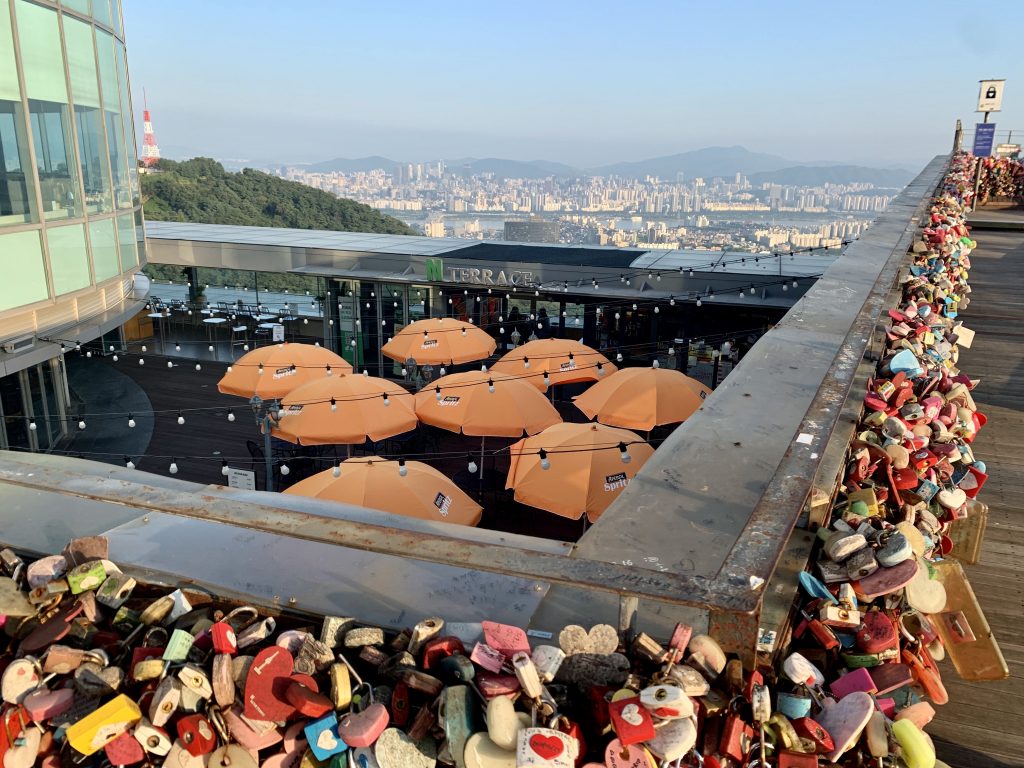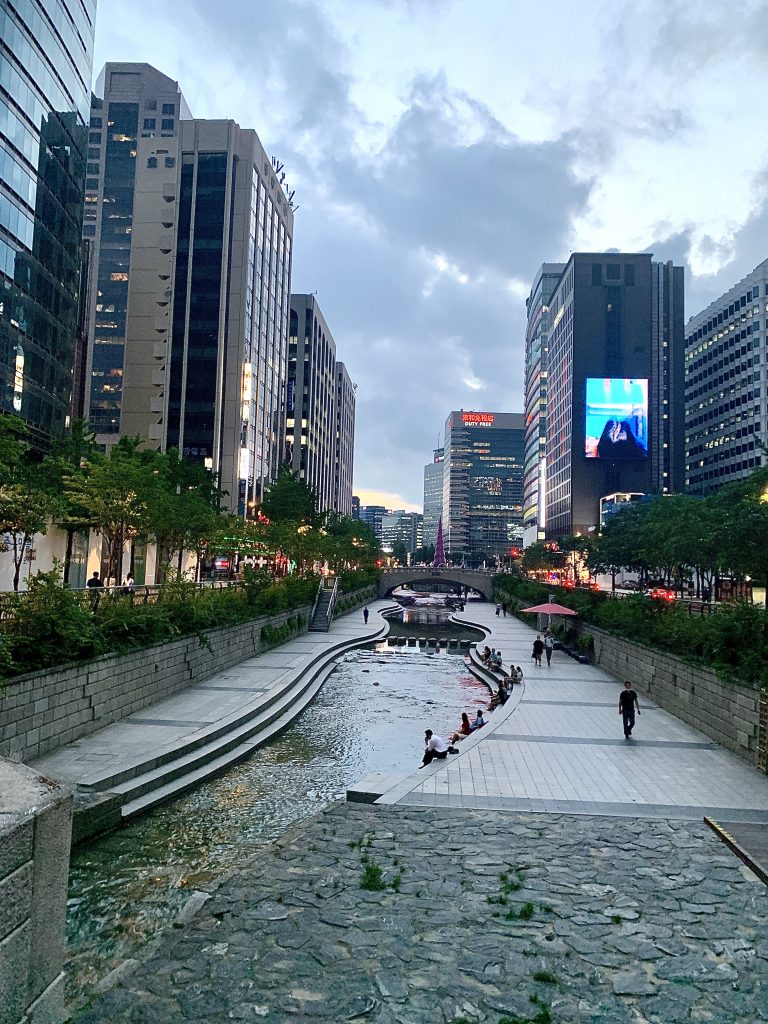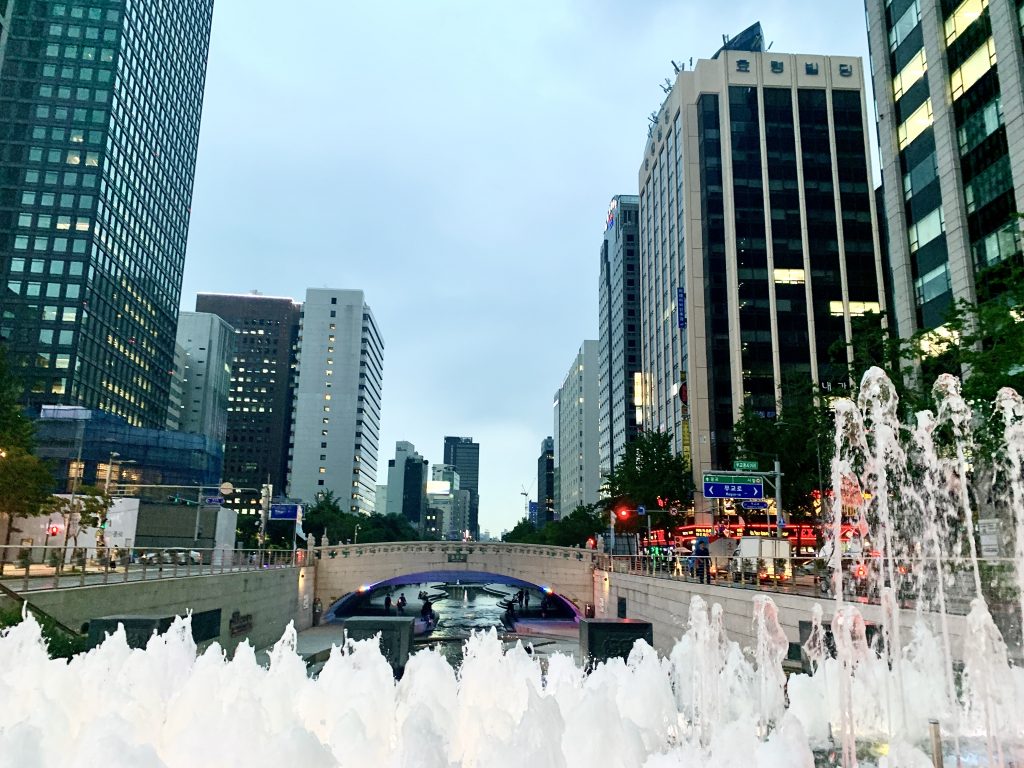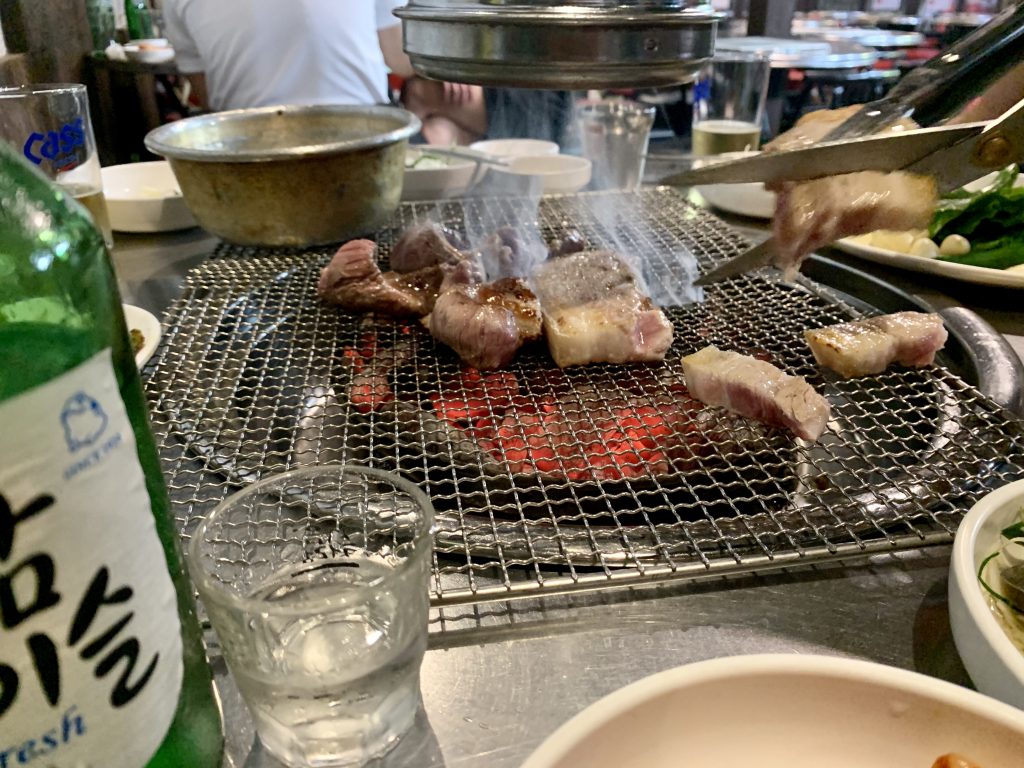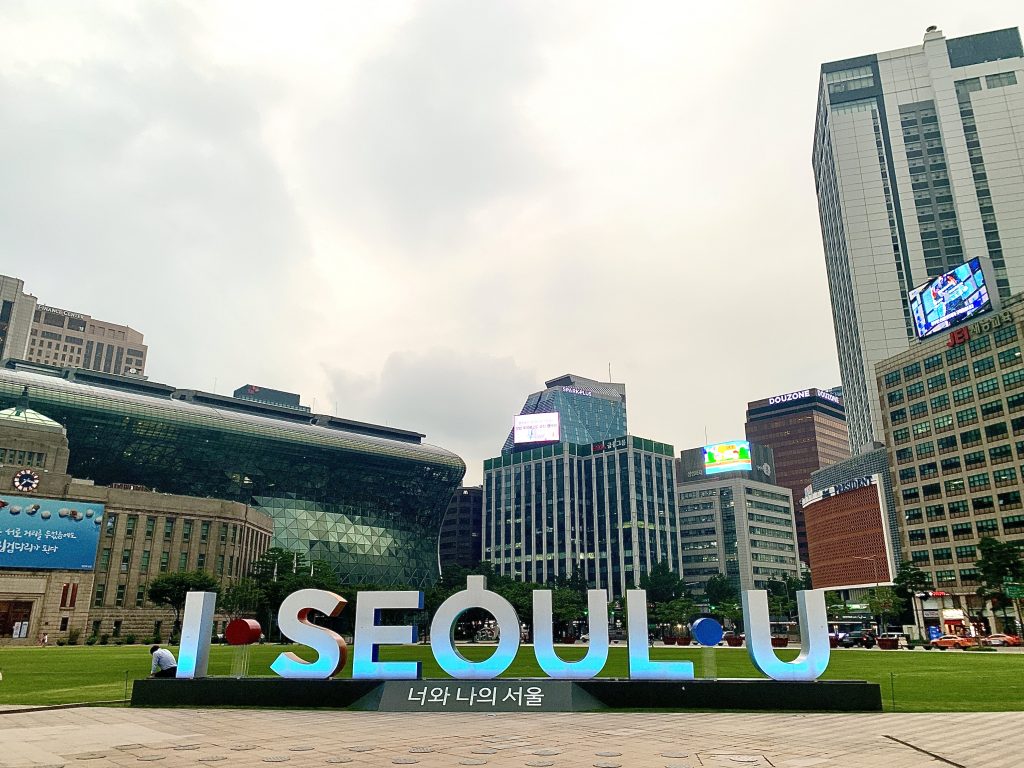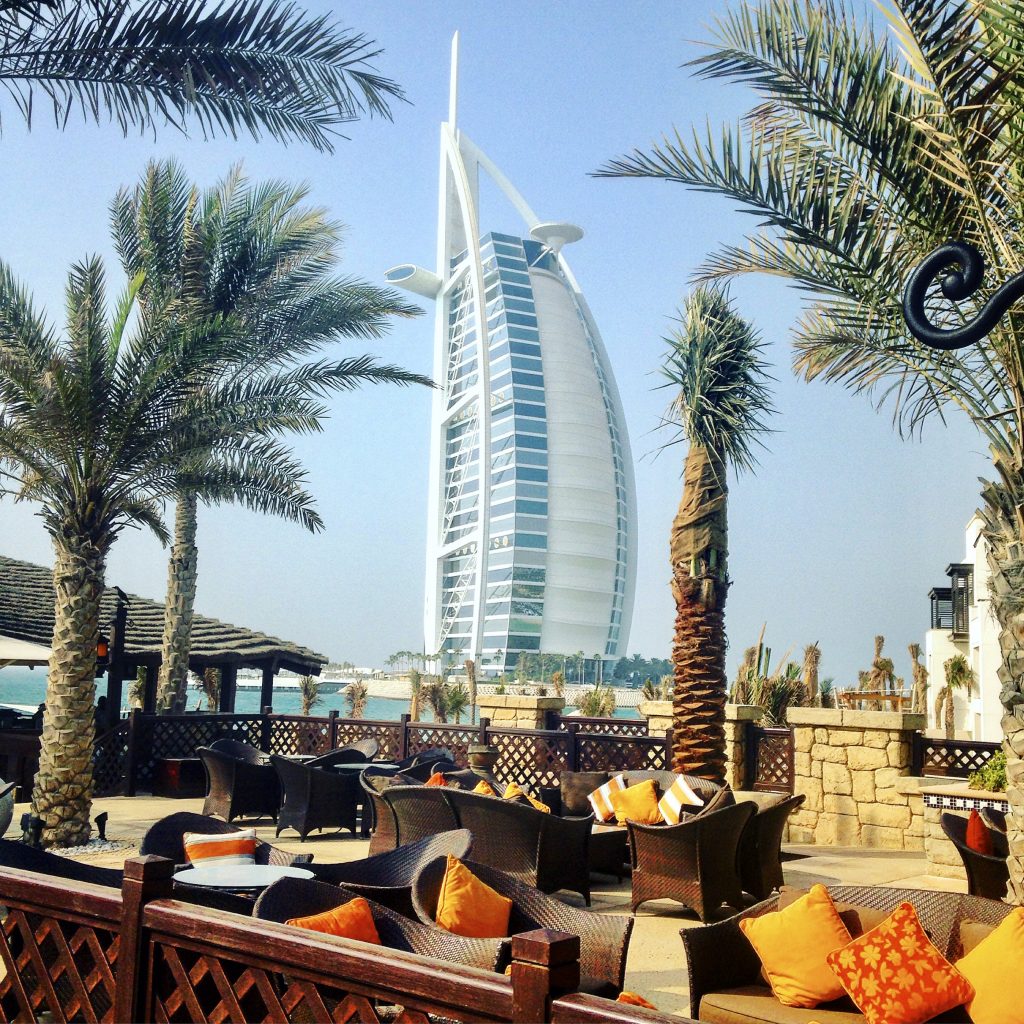
“The testament to humanity’s ingenuity is not found in our shores or forests but along our deserts, where we’ve turned what’s ornery into an oasis.”
When it comes to Dubai, I’m not sure how to describe it as it encompasses both of what I so much like and dislike about a contemporary city. On the one hand, it’s a convenient gateway between Europe, Asia, and Africa, with layover flights abounding as you enter to and fro for a few nights before moving on. But would I want to stay here a month?
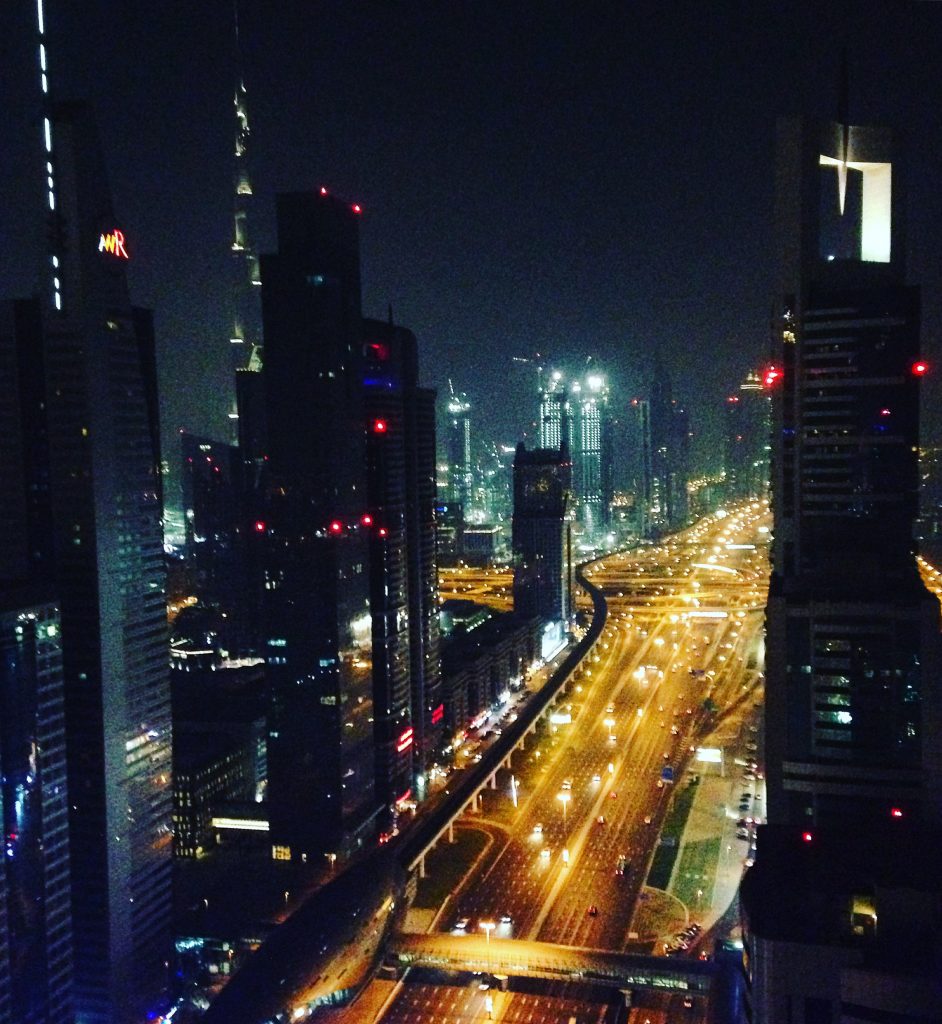
It’s also very multicultural yet the races are distinctly divided, with the European expats (primarily Brits) working in finance and out at the clubs at night while the South and Southeast Asian migrants who built this city are generally hidden from view and only seen in the day working construction or at various fast-food and retail shops.

To see a city built in just fifteen years from a desert reveals the astonishing speed of human ingenuity, yet when cities emerge so hastily this gives little time for an authentic cultural history to develop.
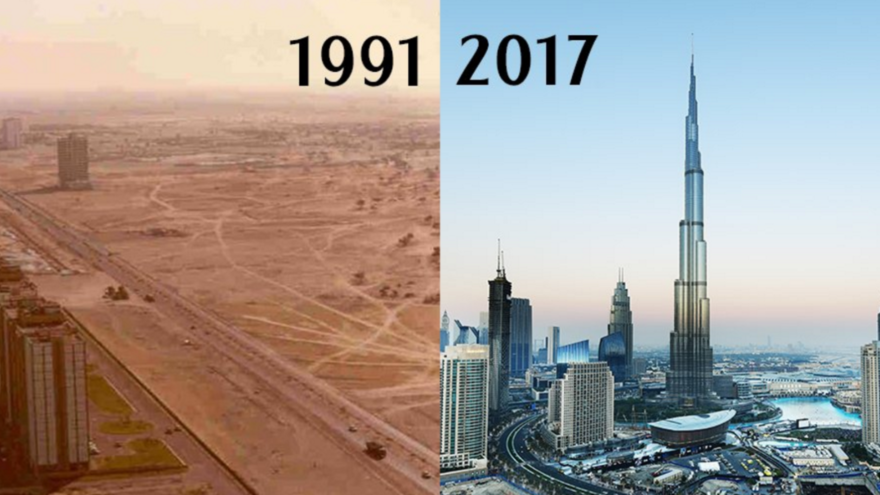
Regarding its people, the citizens of Dubai are generally warm yet extravagant, revealing a vibe that both embraces western materialism yet shuns it due to their religious tenets, which serves as a dichotomy within itself.
I first traveled here in my twenties to see what all the fuss was about, as back in the 2000s Dubai was accomplishing extraordinary architectural strides. Since then, I have returned every now and then due to its convenient geographic location between continents.
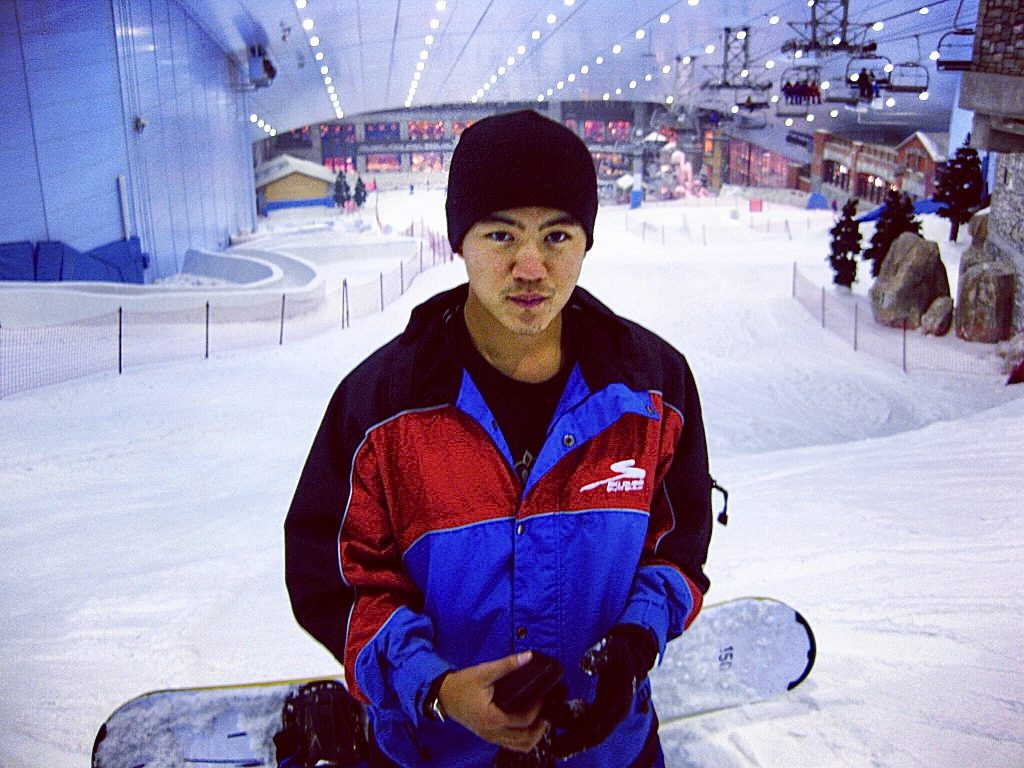
Regarding rates, a stay at one of the many hotels here isn’t outlandish as you can find five-star locations for just under $200 a night. But the price of alcohol is, since the Emirates as a nation bans the sale of alcohol outside of hotels, lounges, and clubs. Because of this, make sure to pack a few bottles at duty-free before you enter, otherwise it’s $20 a drink wherever you go.

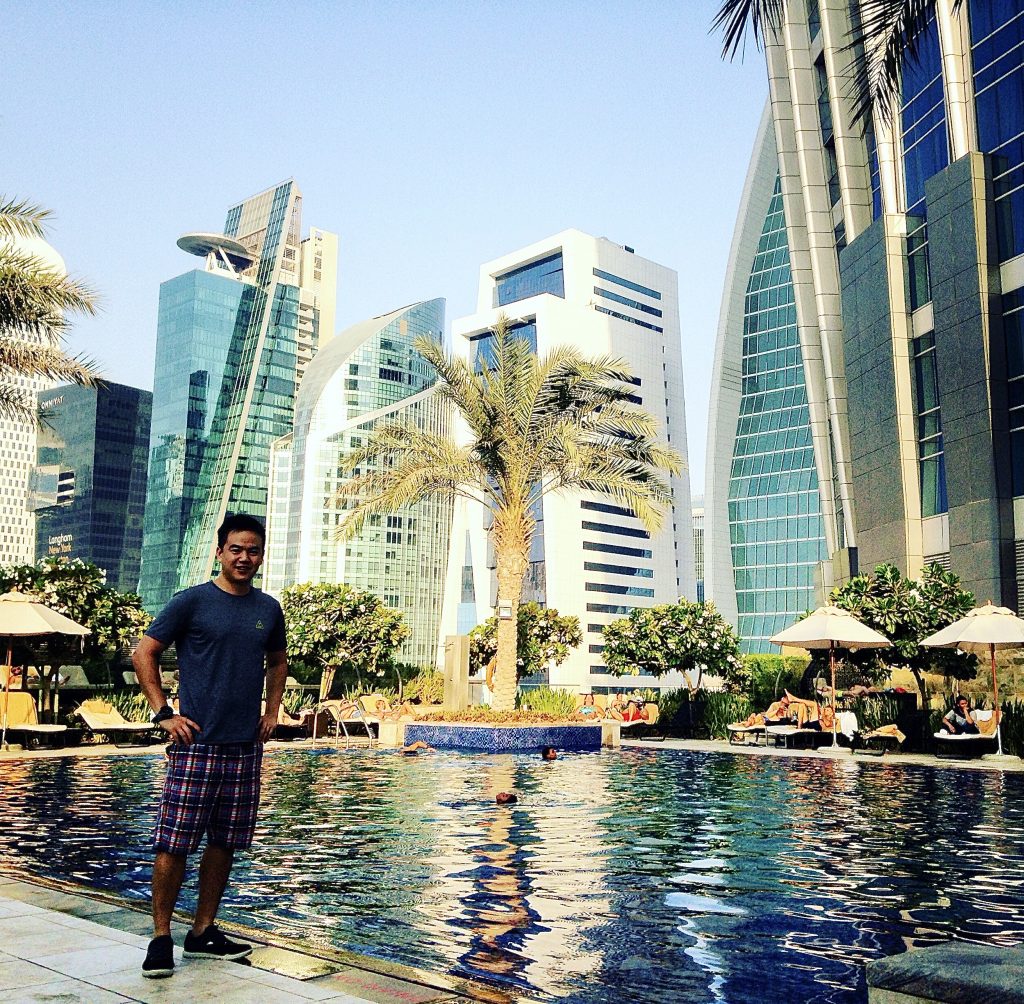
Would I still recommend checking out this city? Yes… If for nothing else, the architecture here is astounding and the Arabic culture is very different from what you experience in other Middle Eastern nations. I also recommend checking out Abu Dhabi, which has opened its own Louvre museum in 2017.
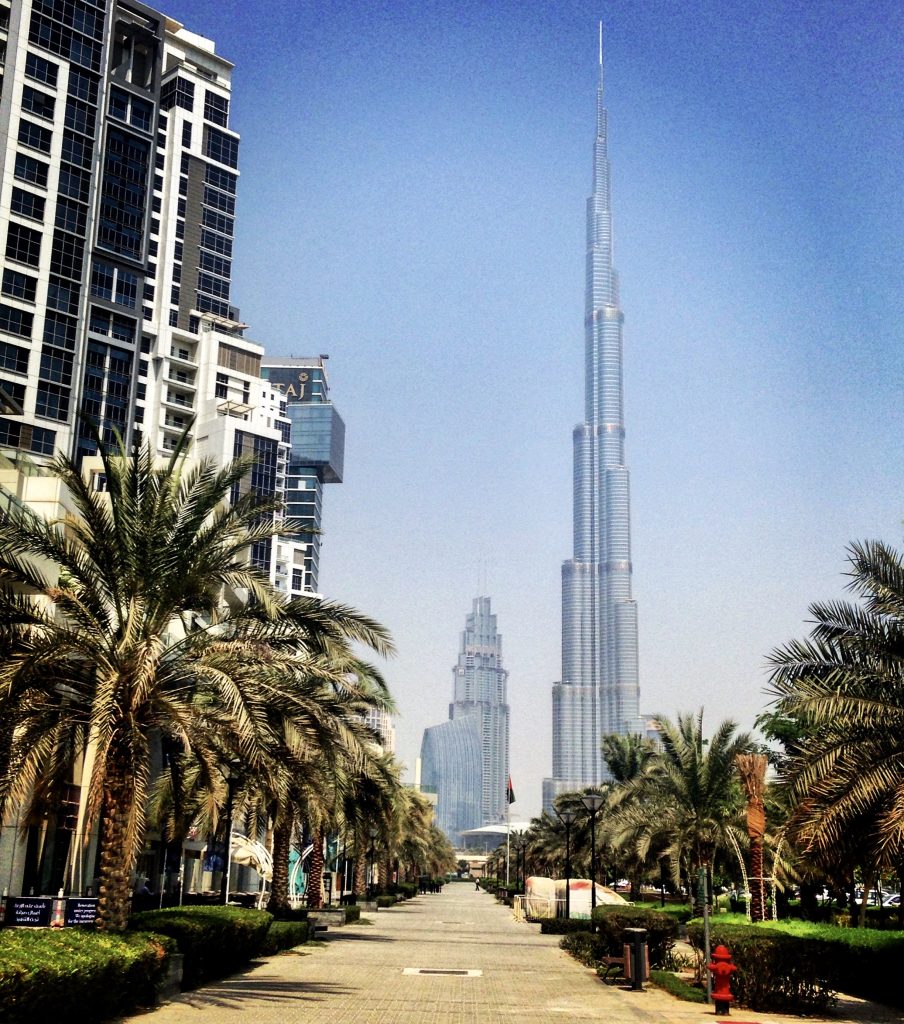
Overall, the locals here are very hospitable, well traveled, and the country itself gives you an idea of how capitalism would look like under an Arabic model, with the Emirates being the highest and only Middle Eastern country ranked in the top-20 under the 2020 Index of Economic Freedom.
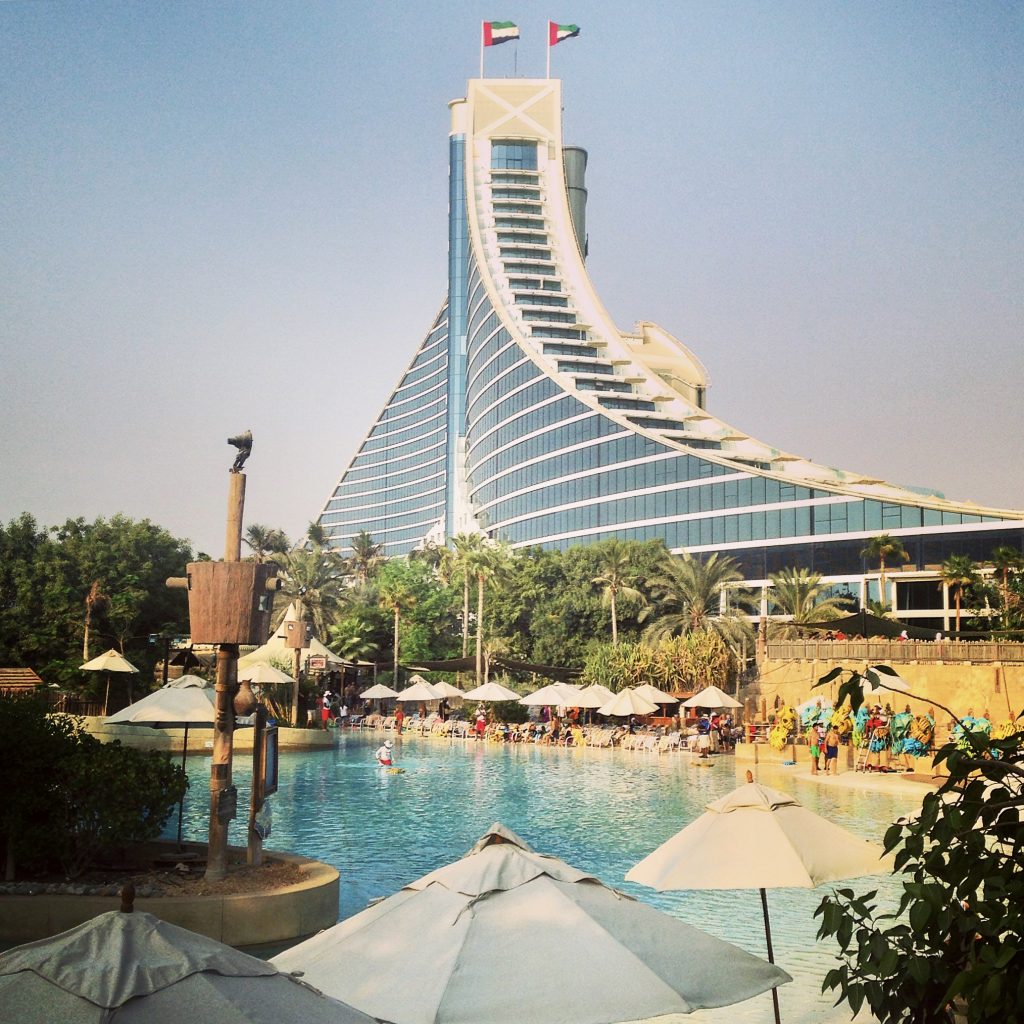
With all that money in the desert, they have the luxury to turn sand castles into concrete playgrounds.
